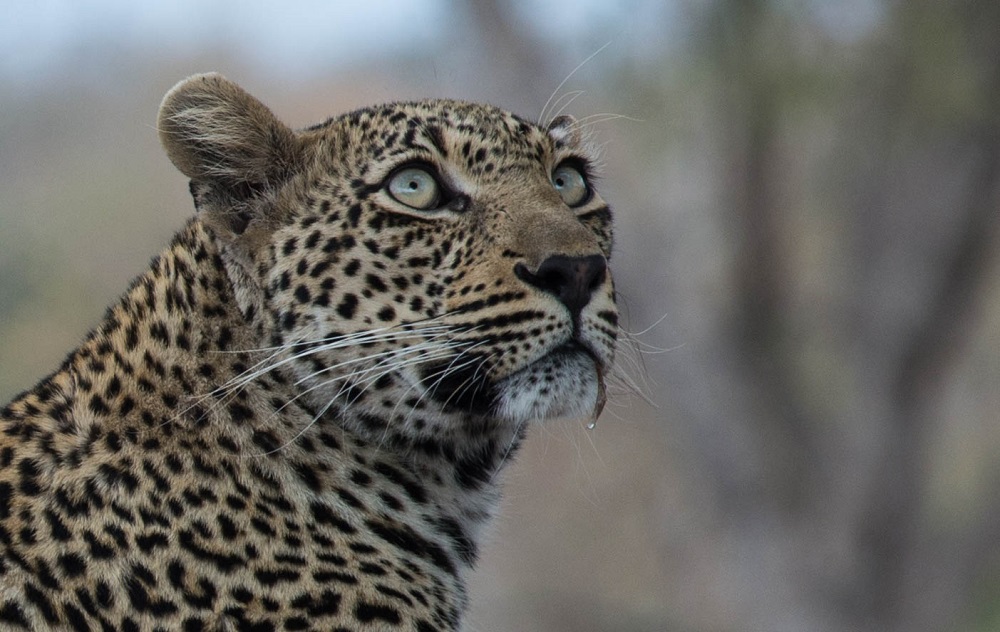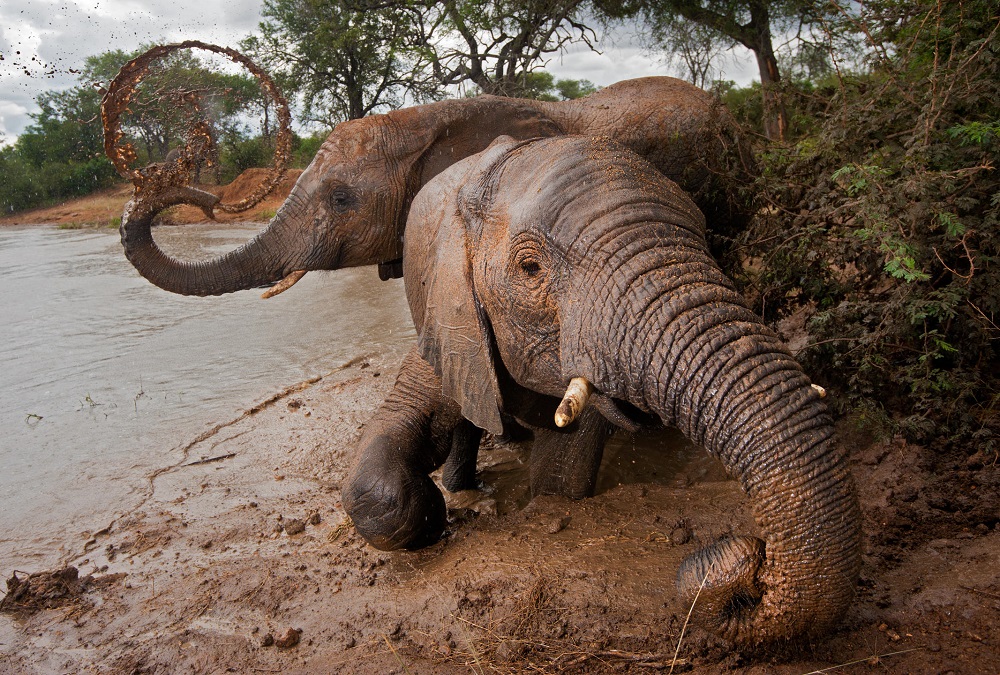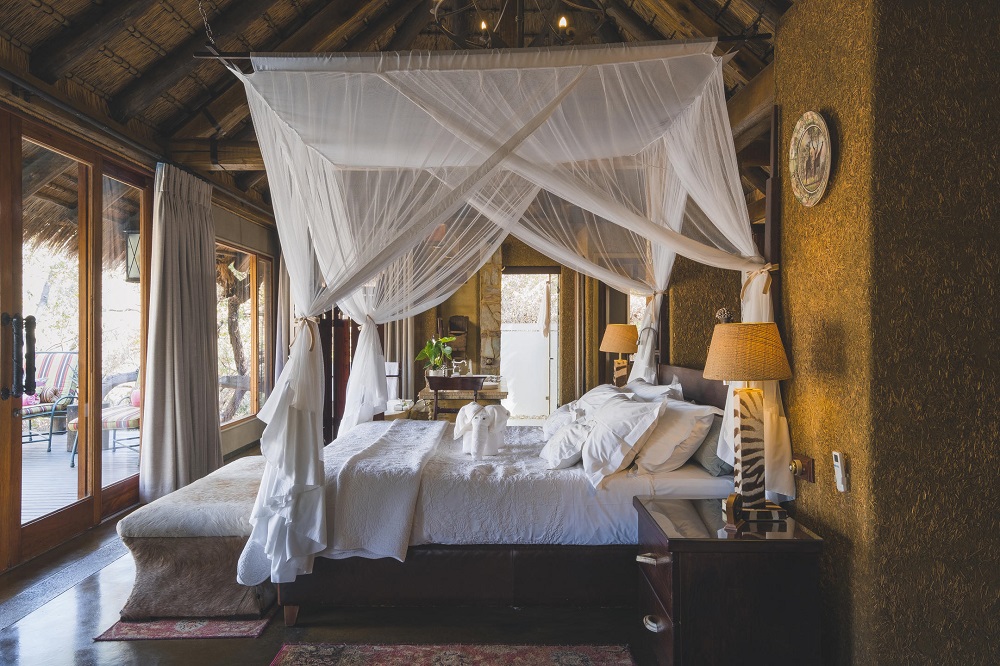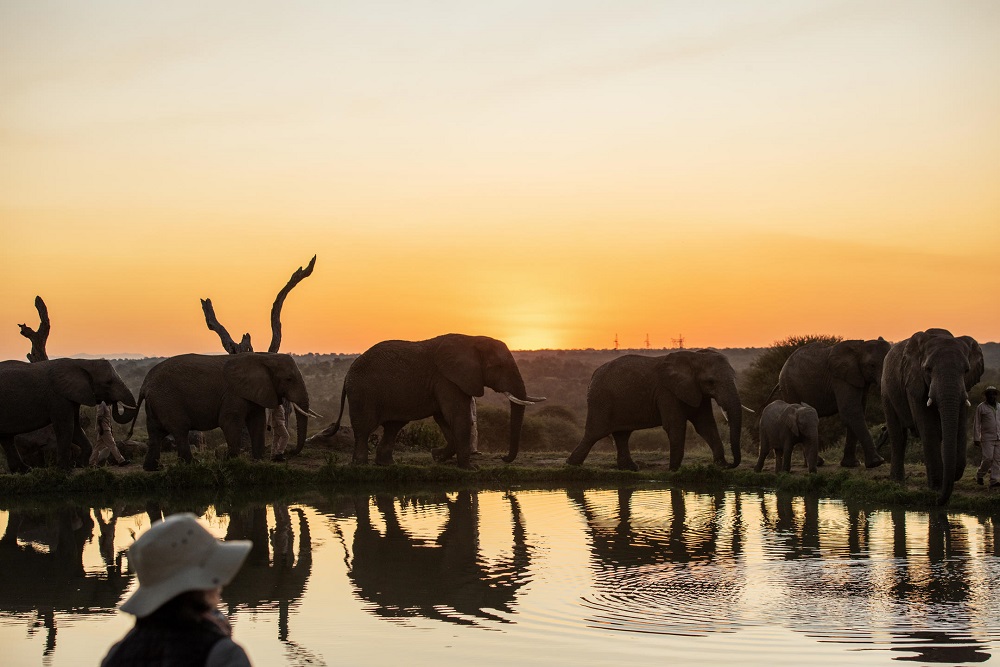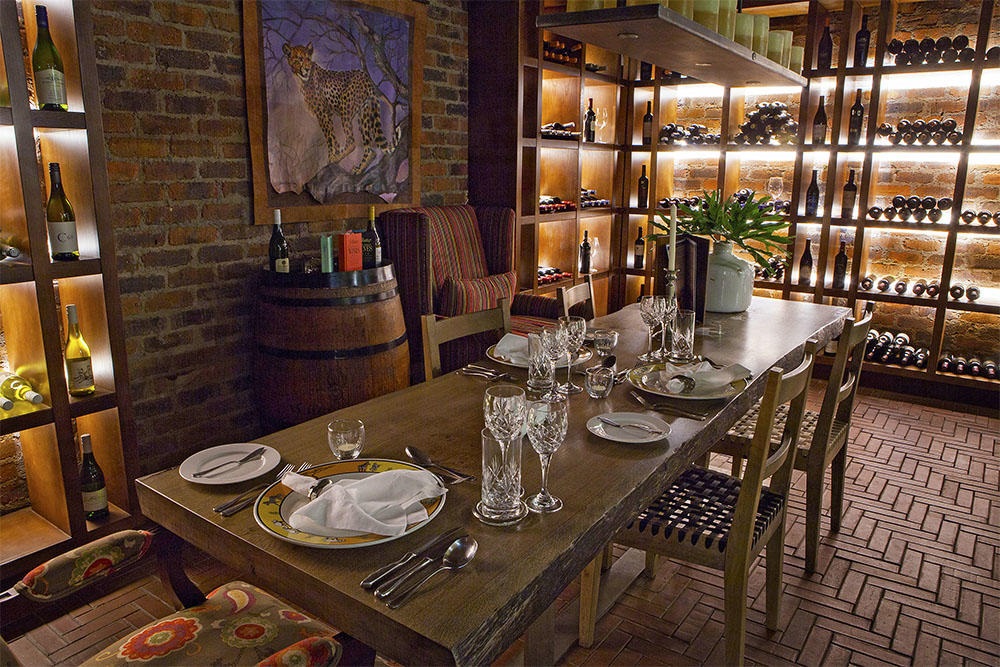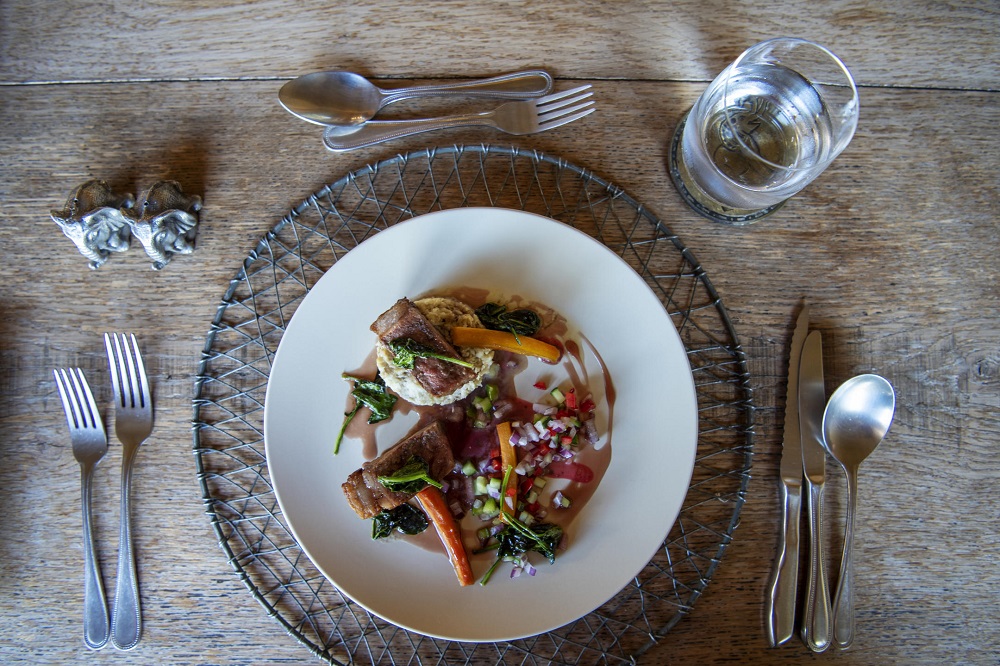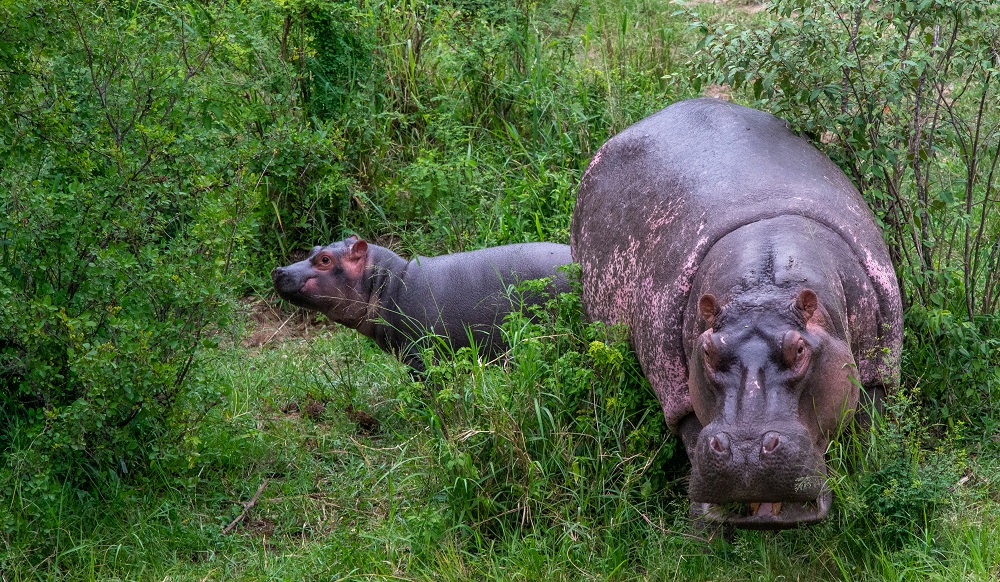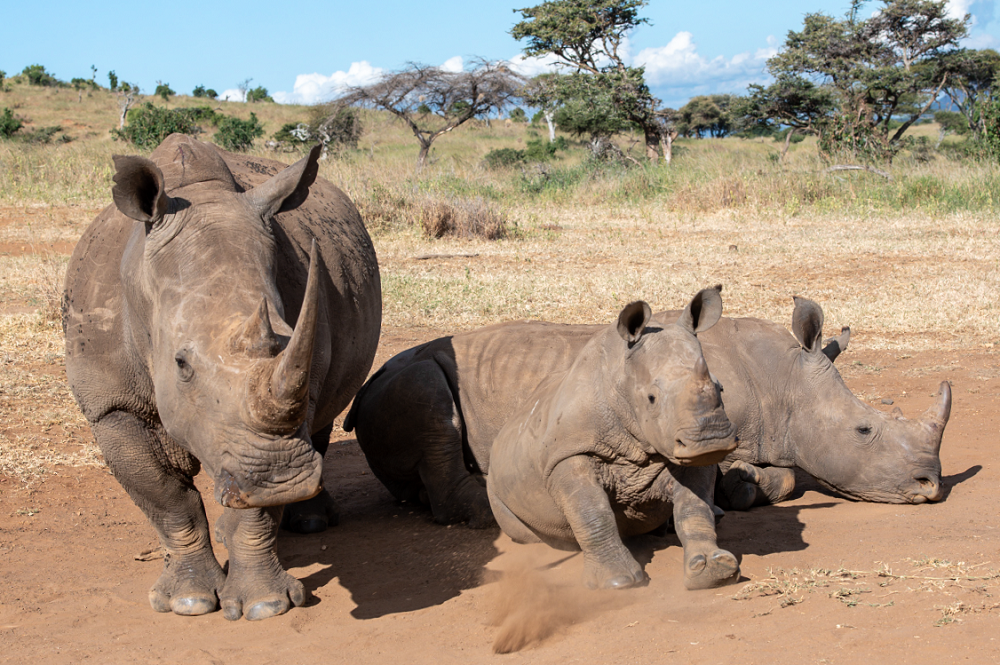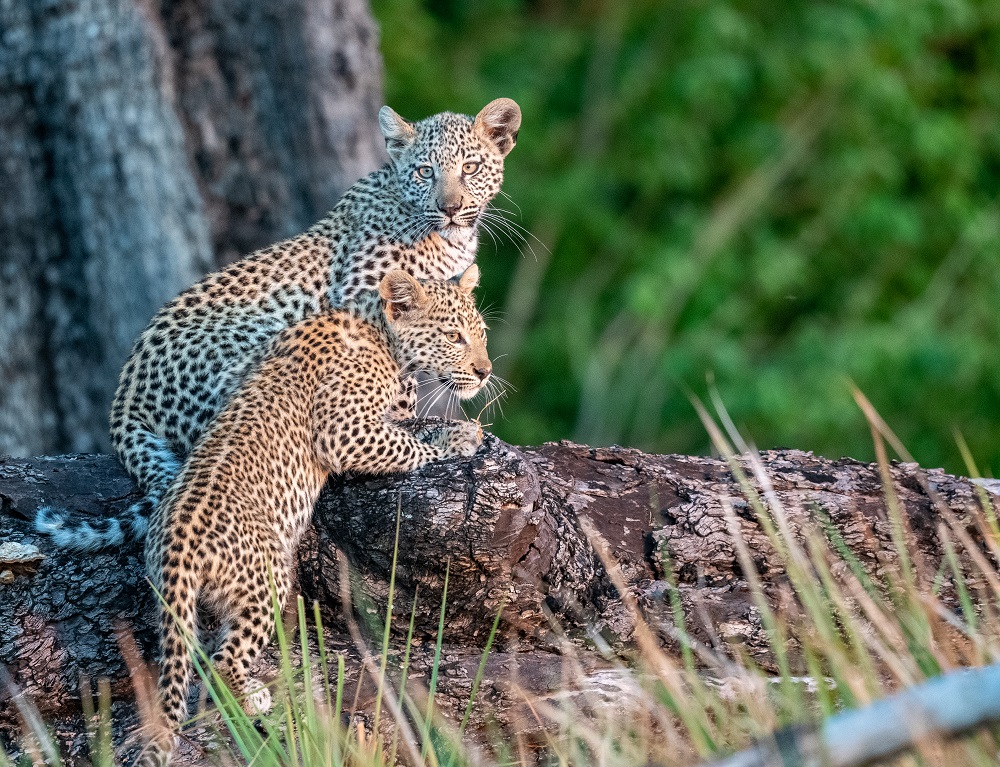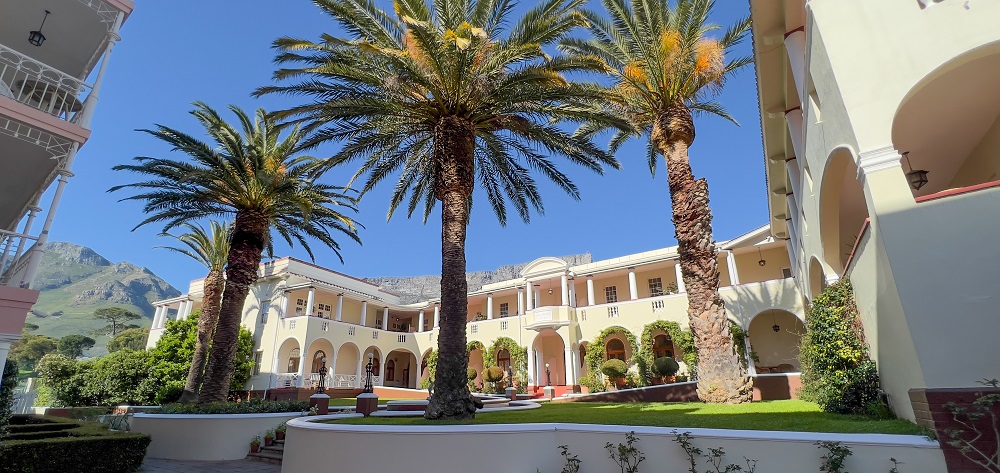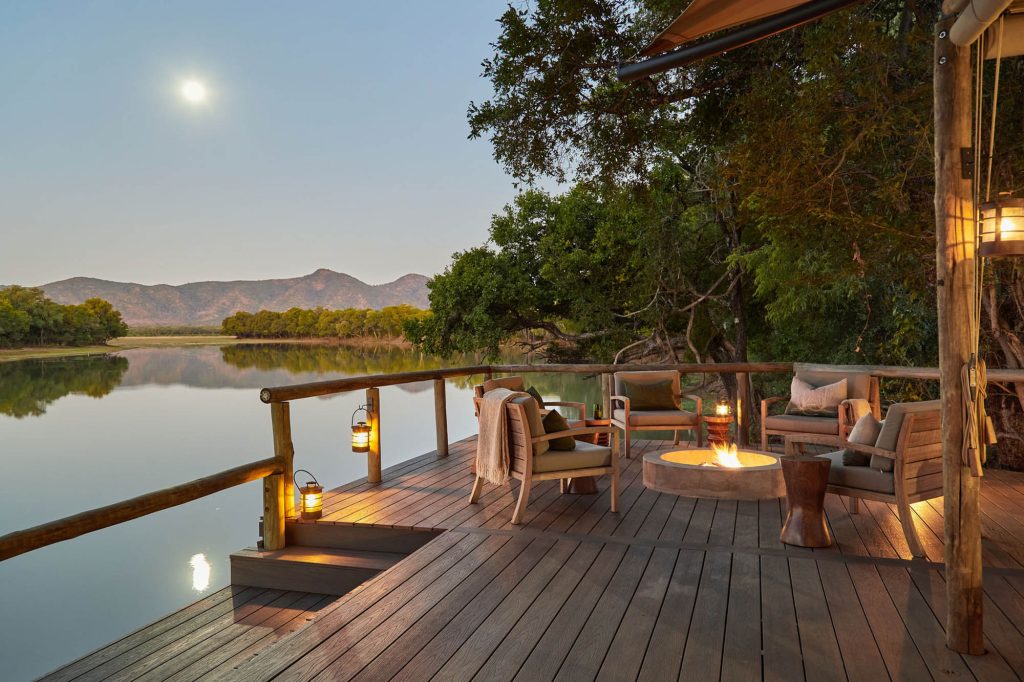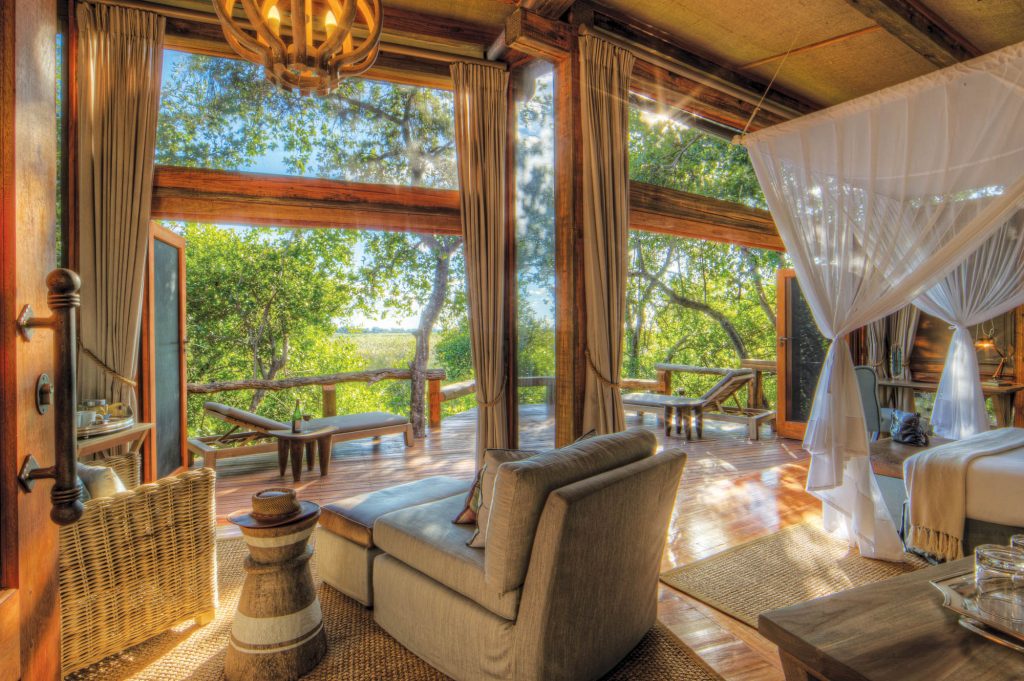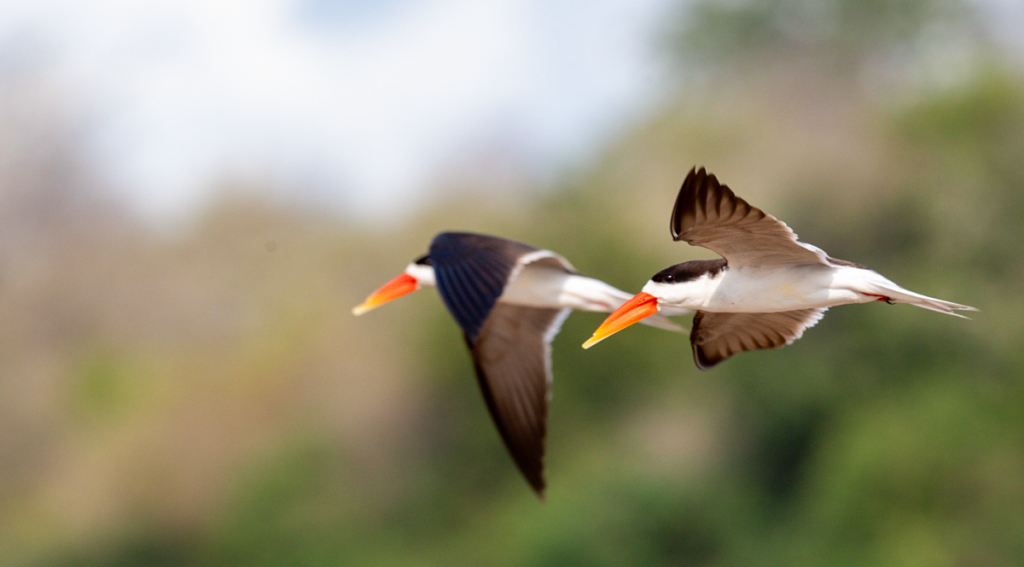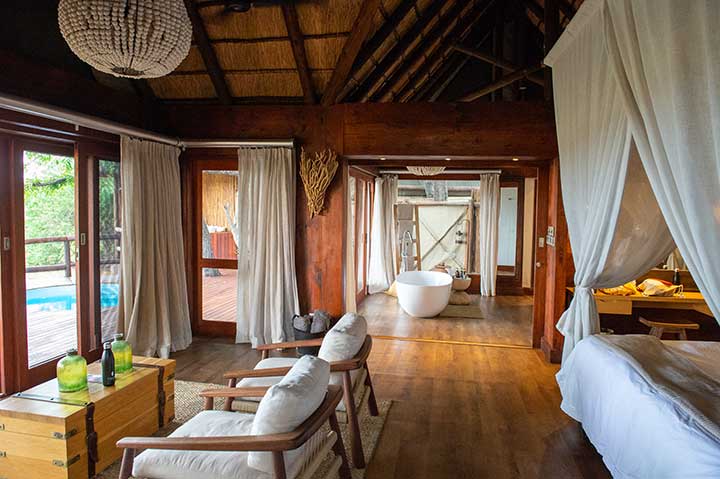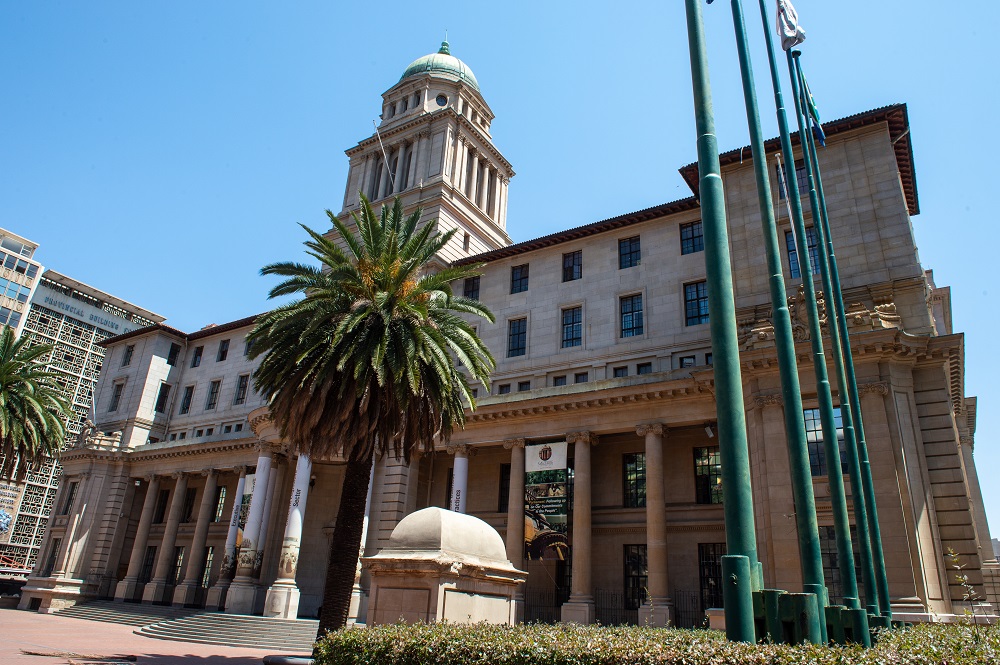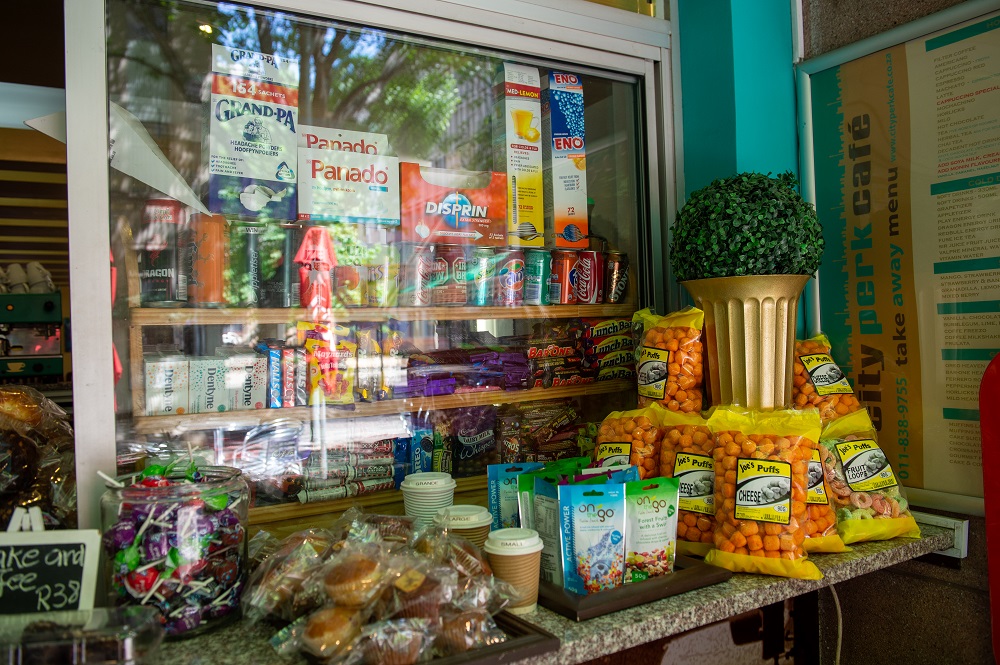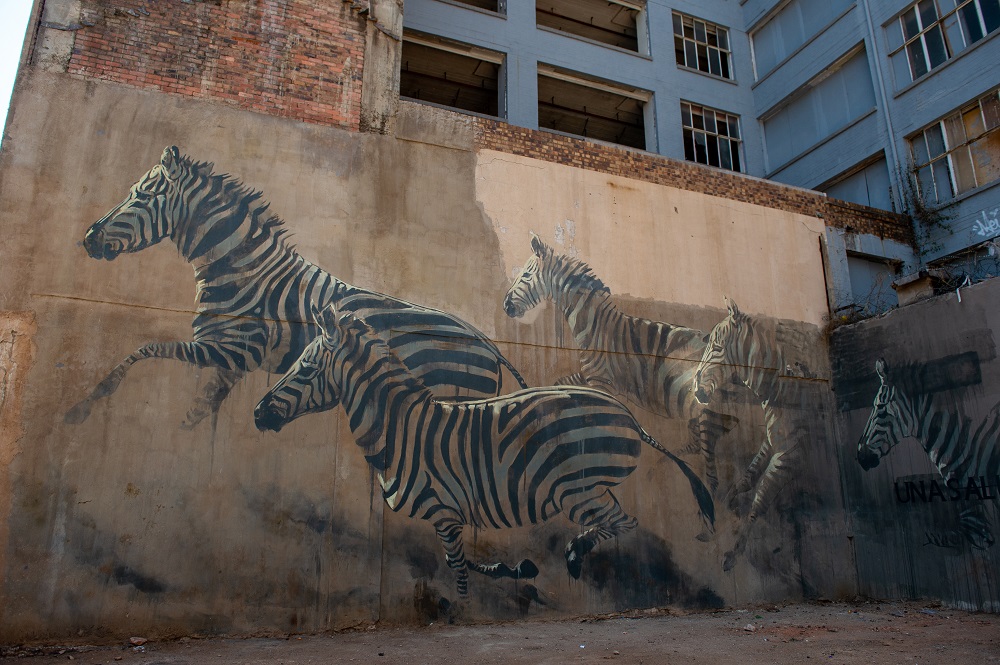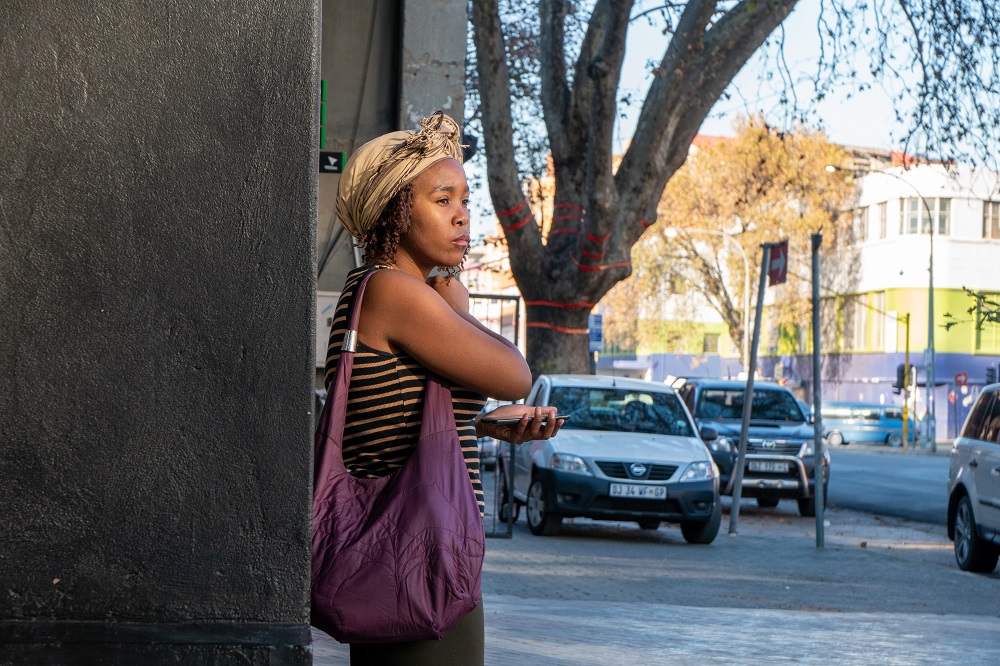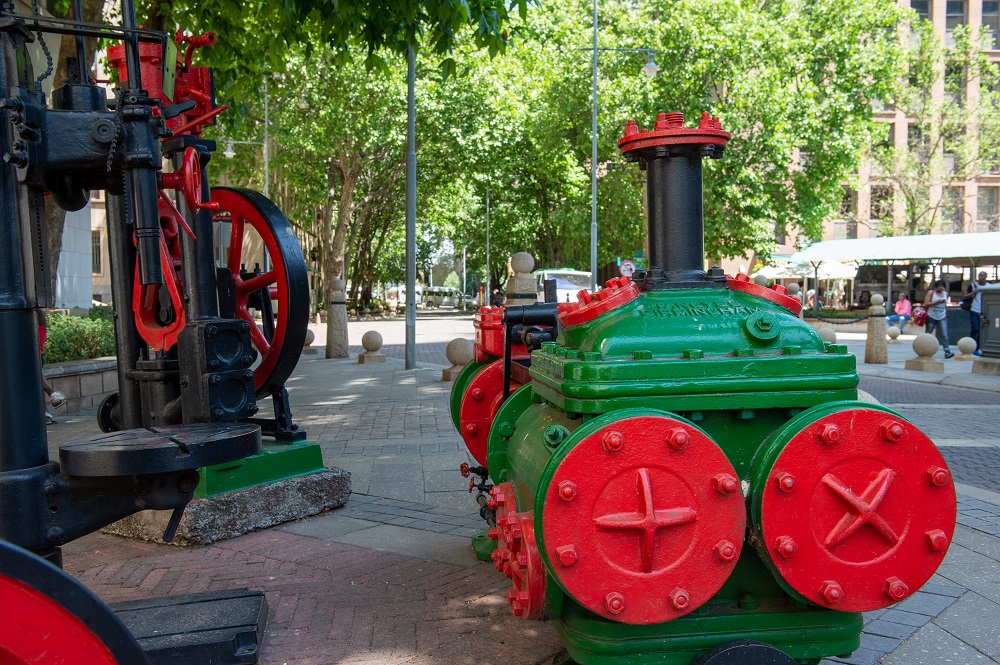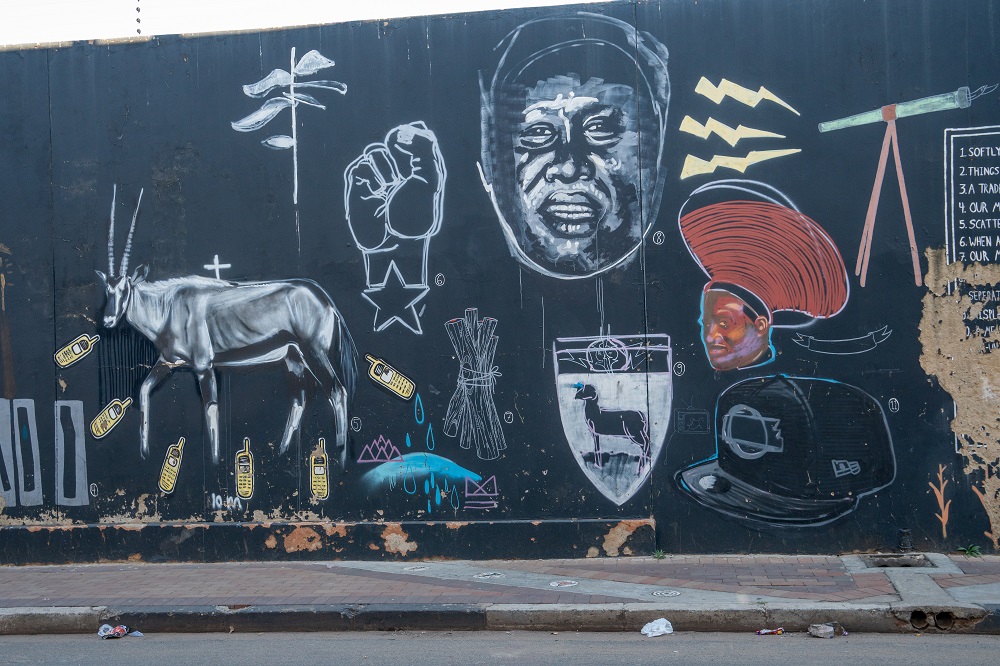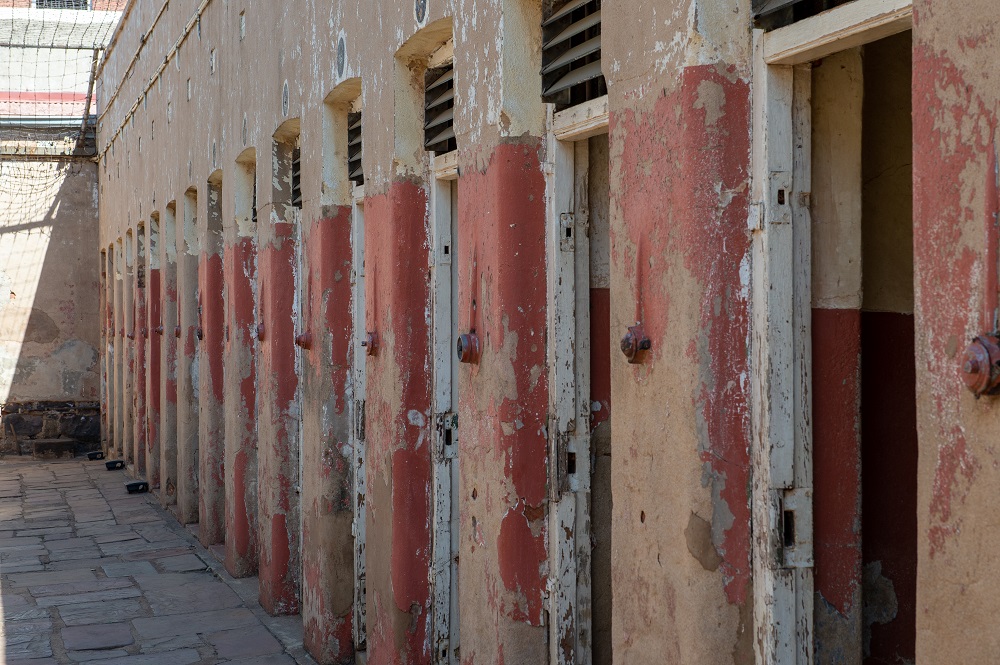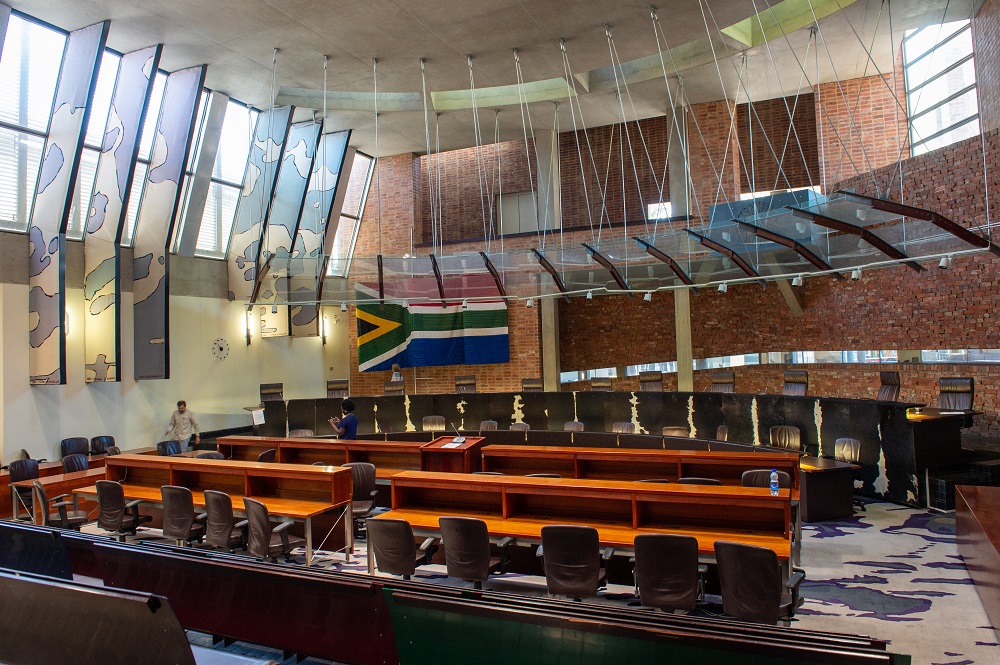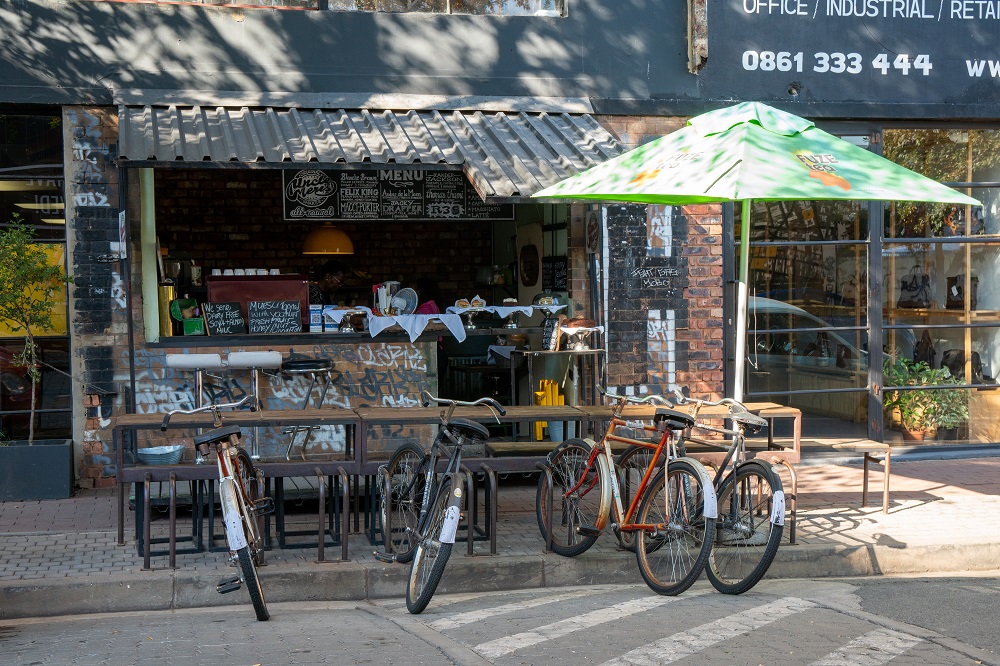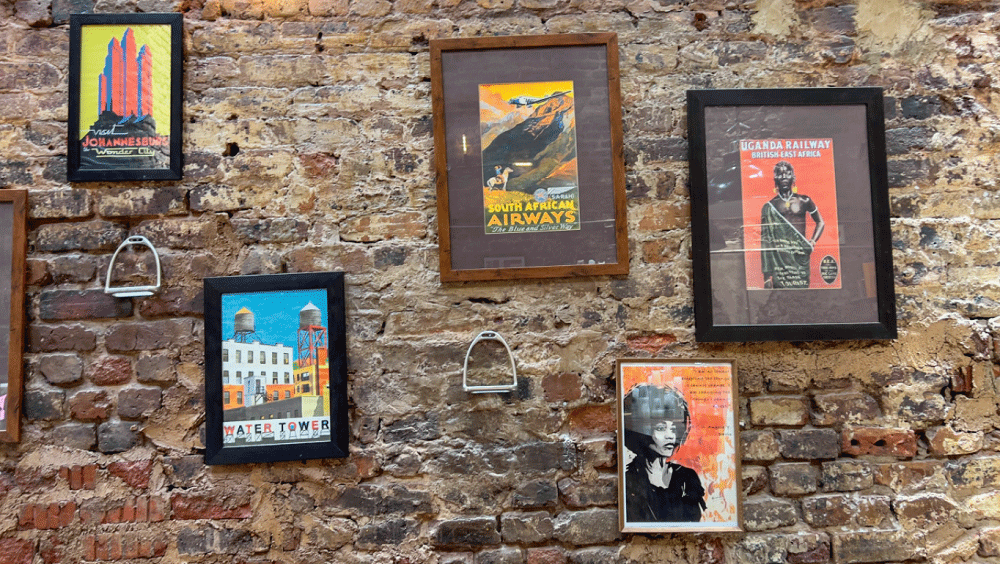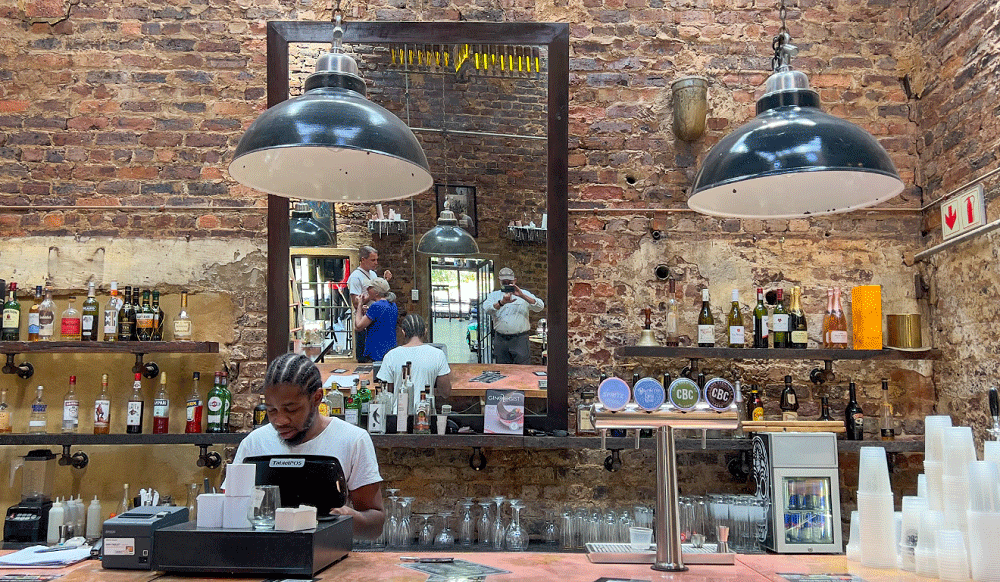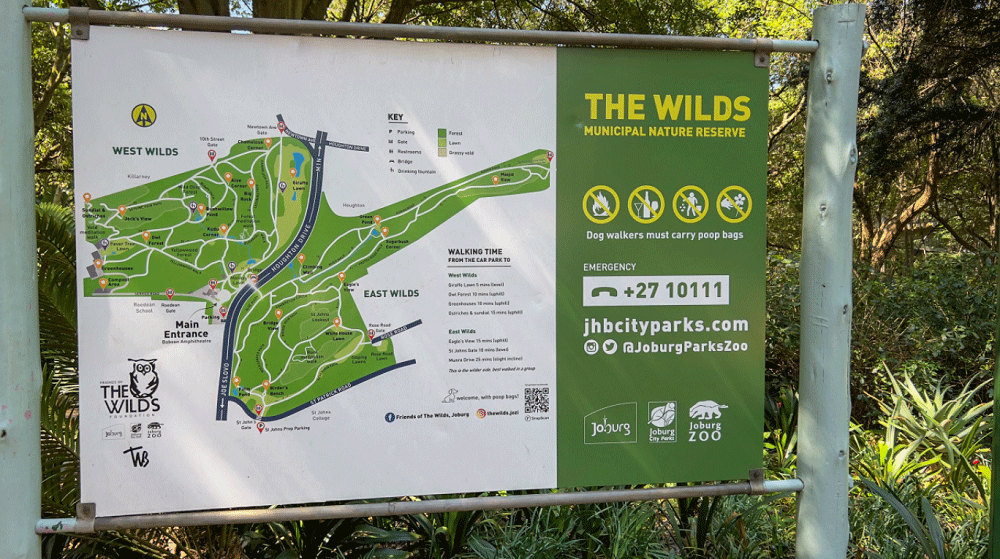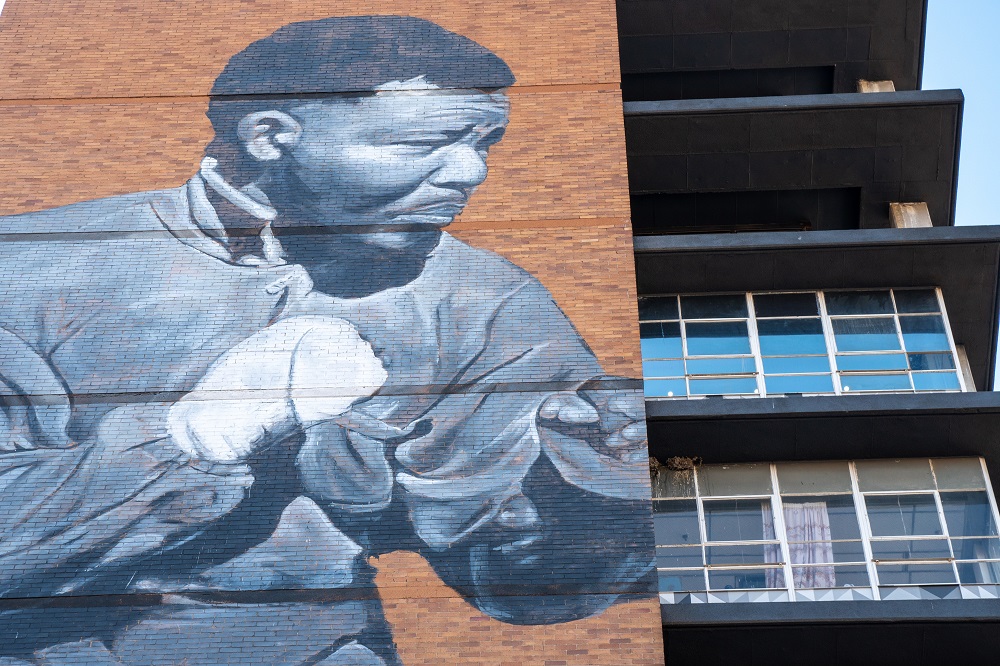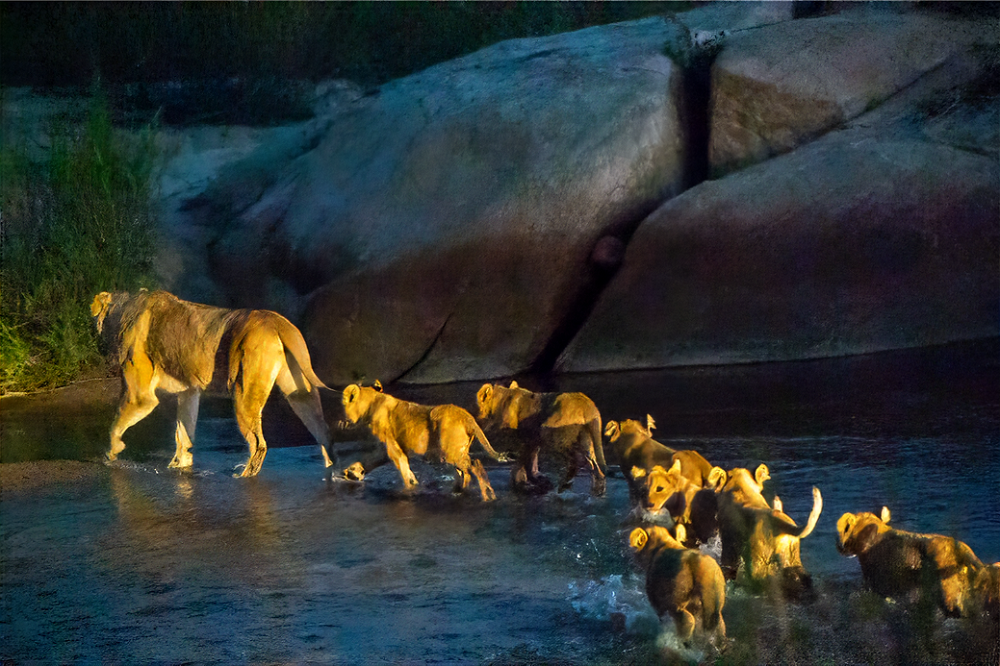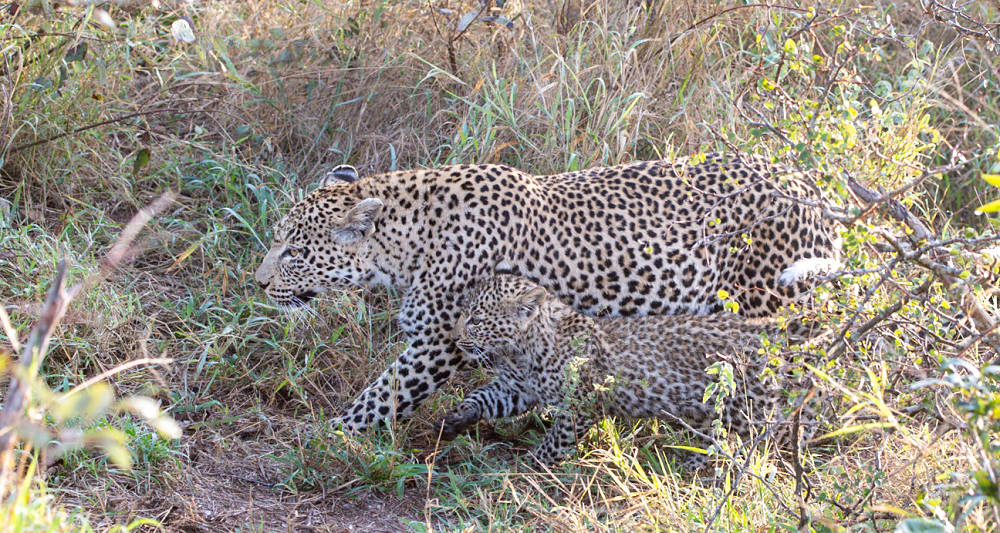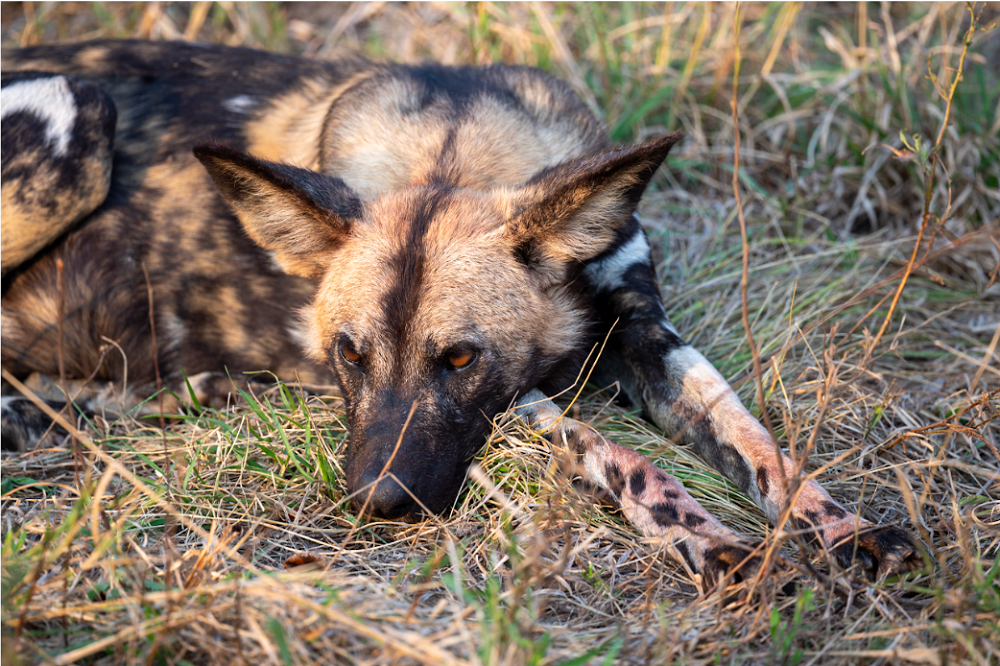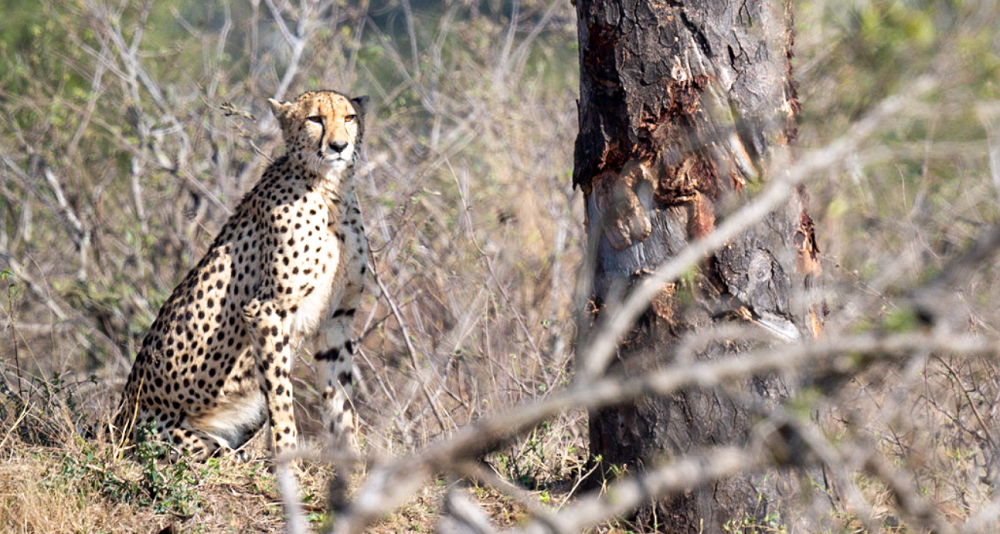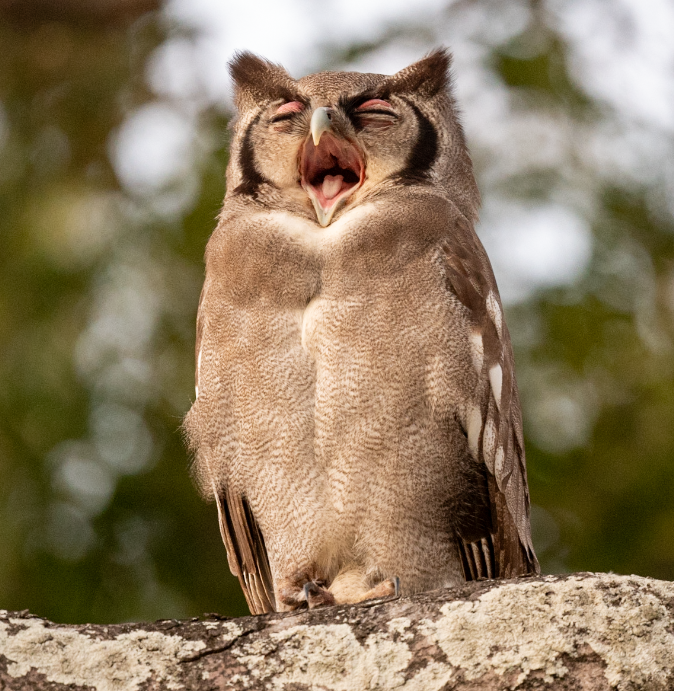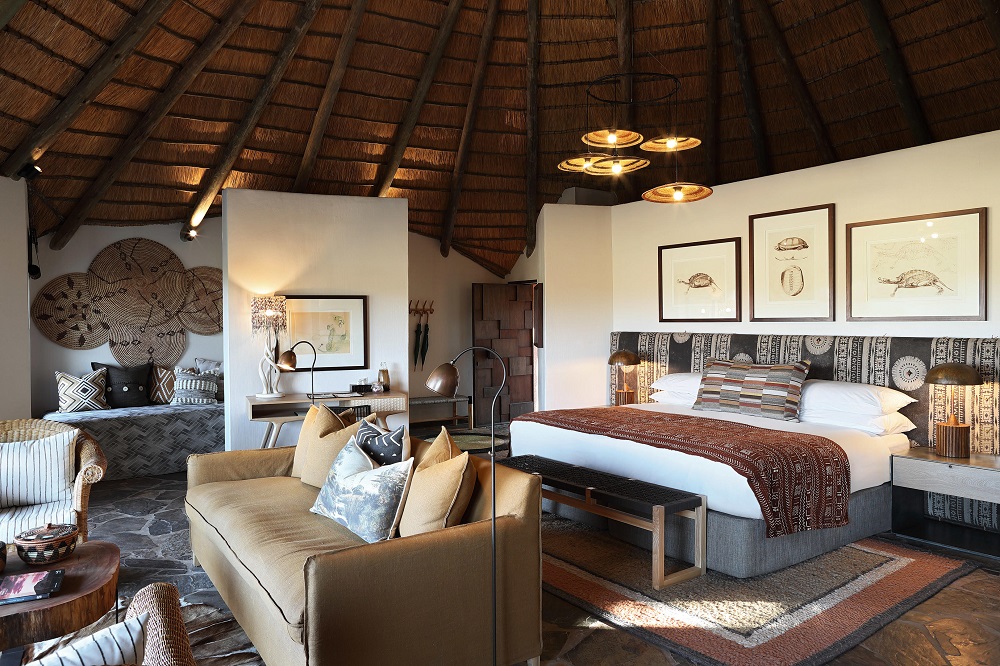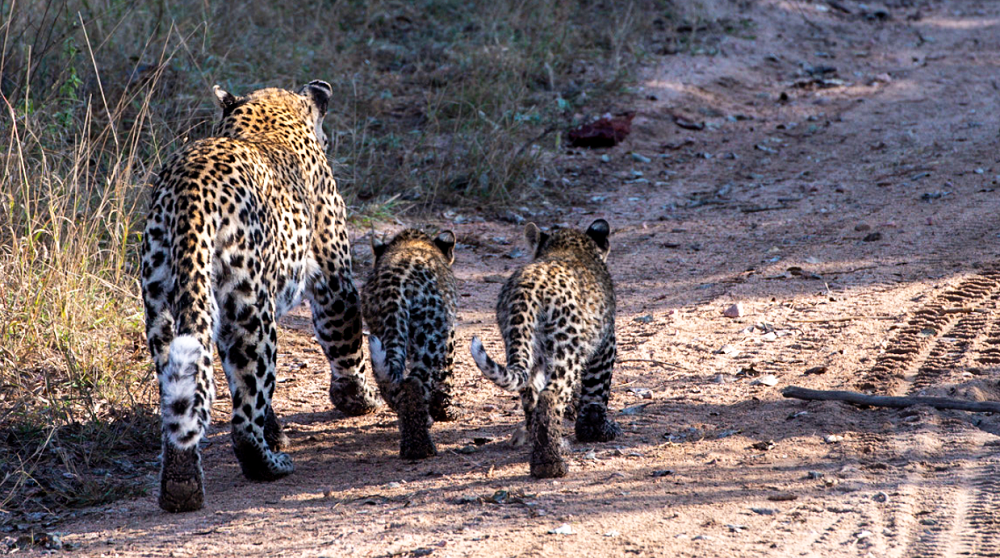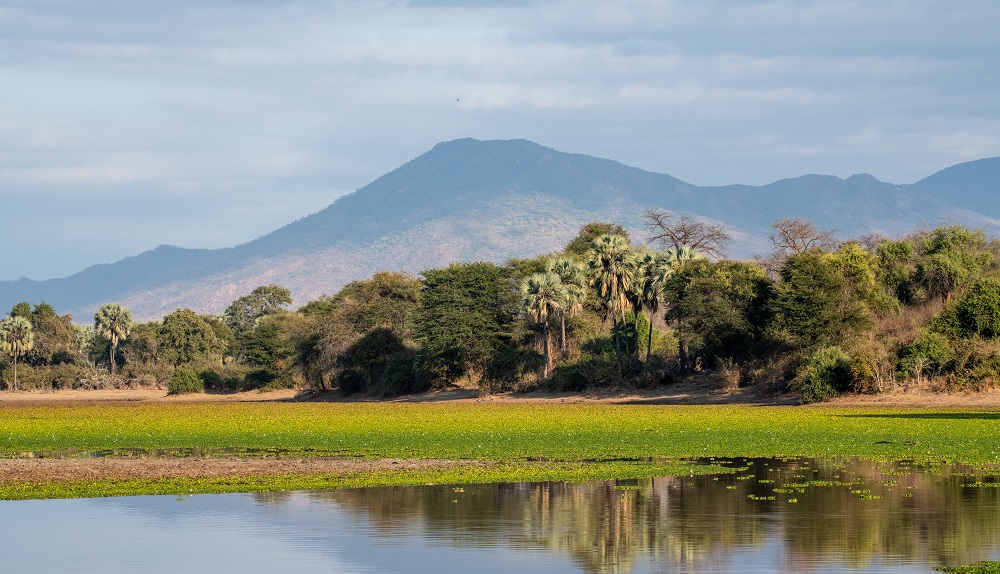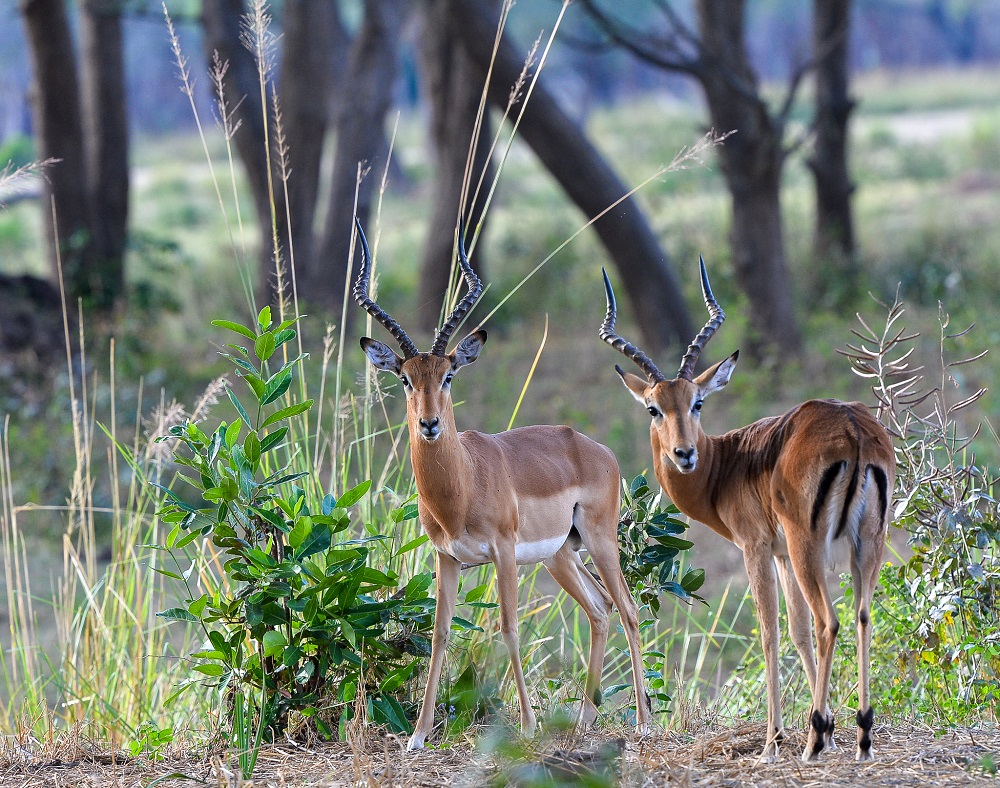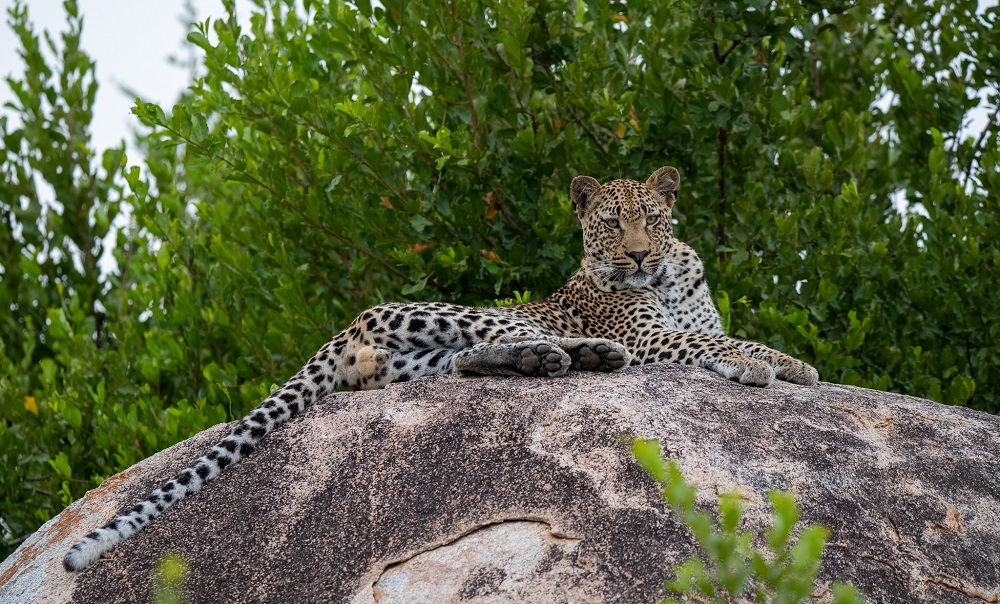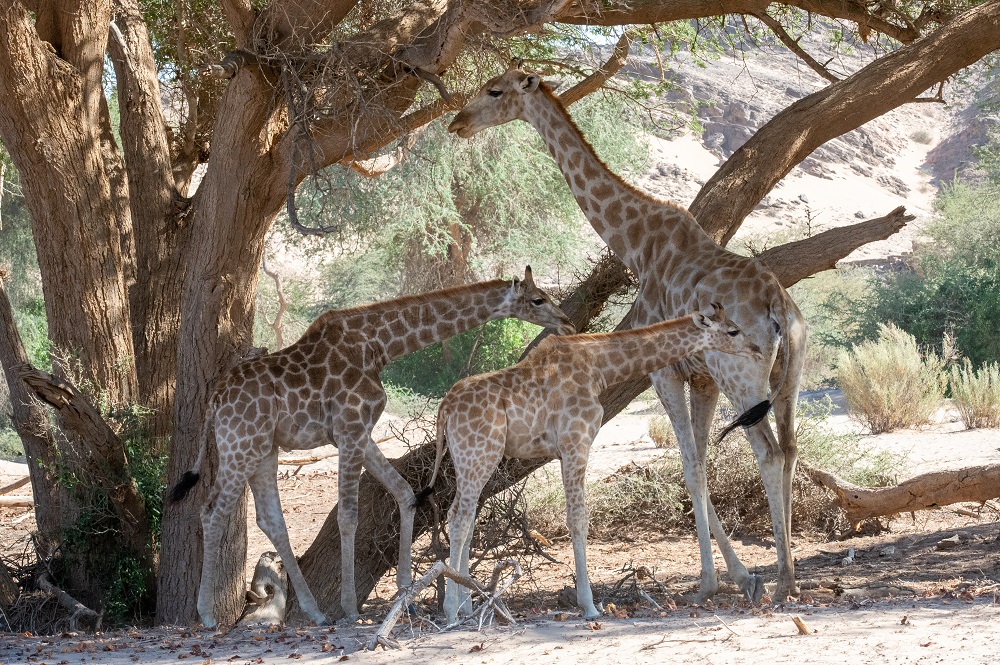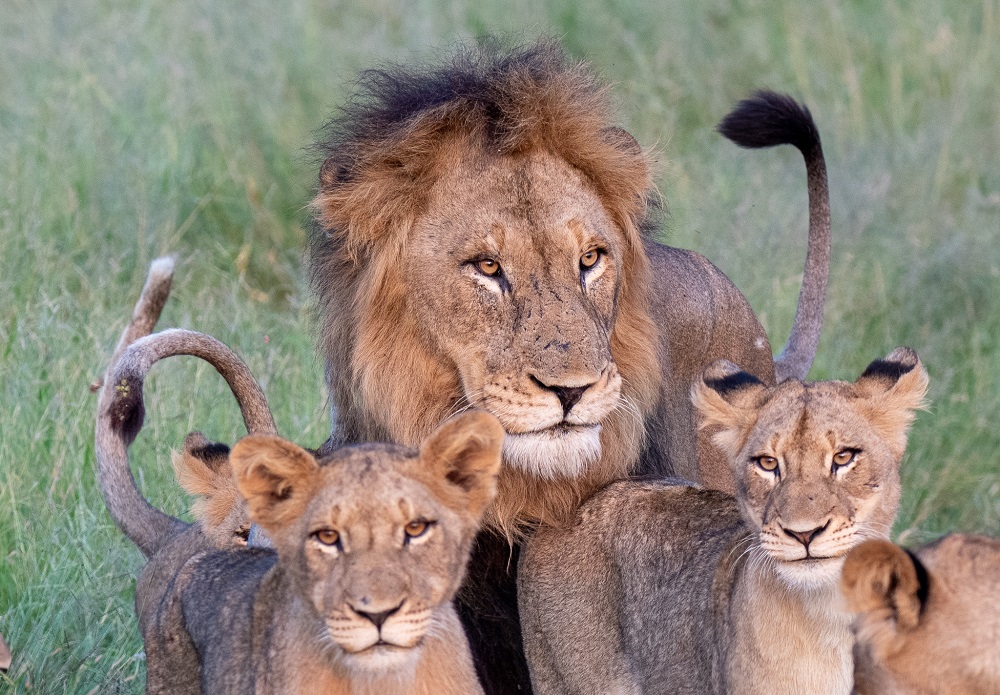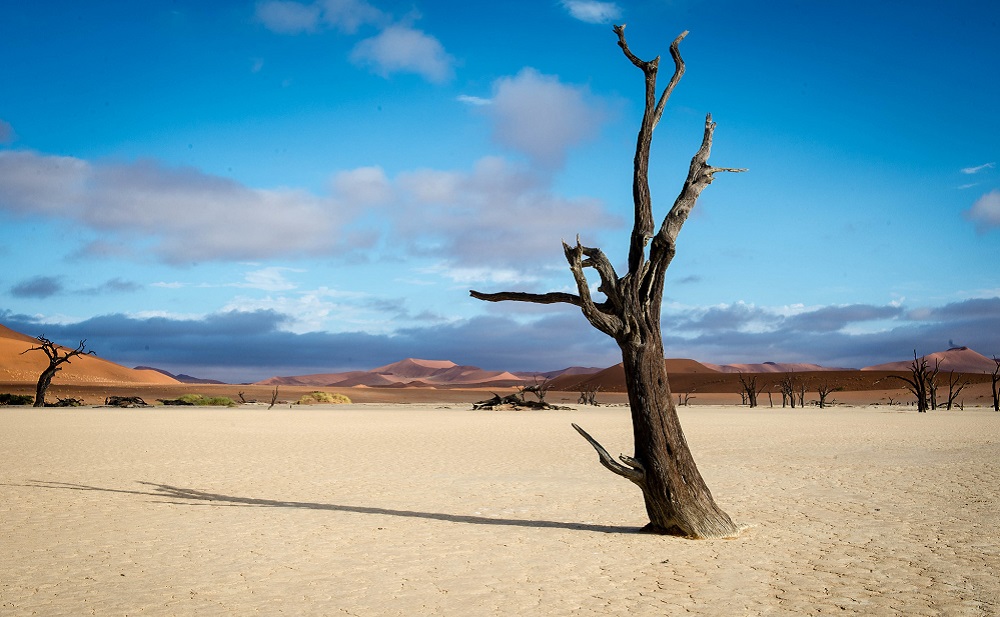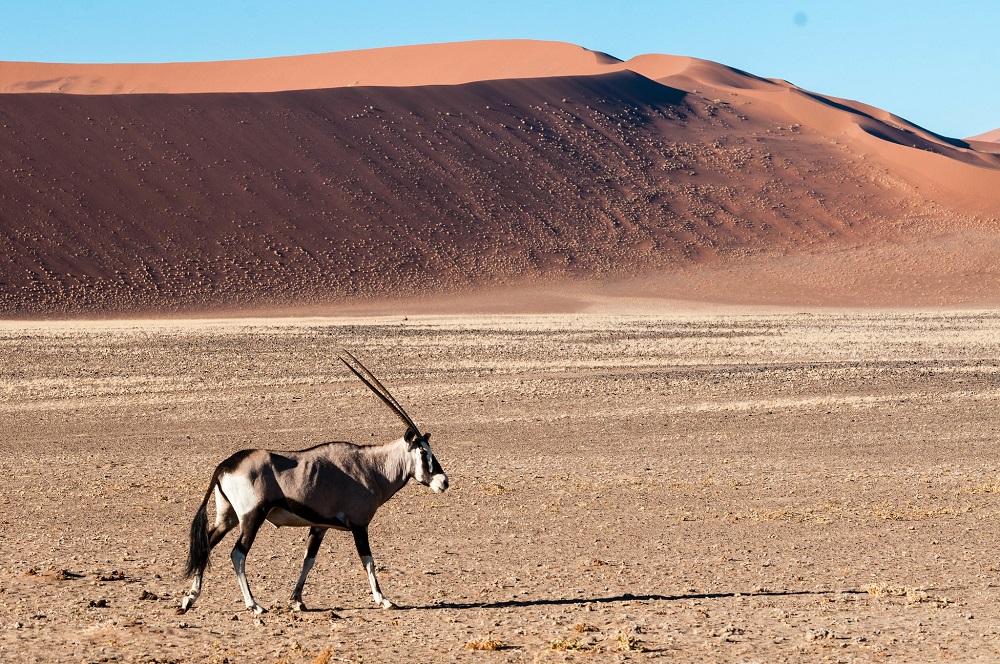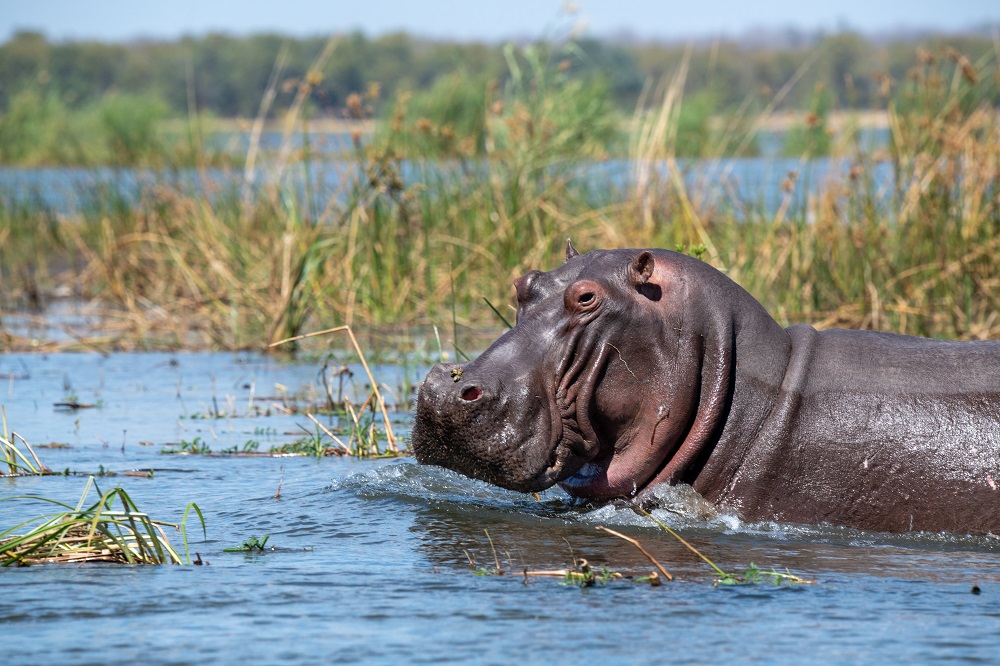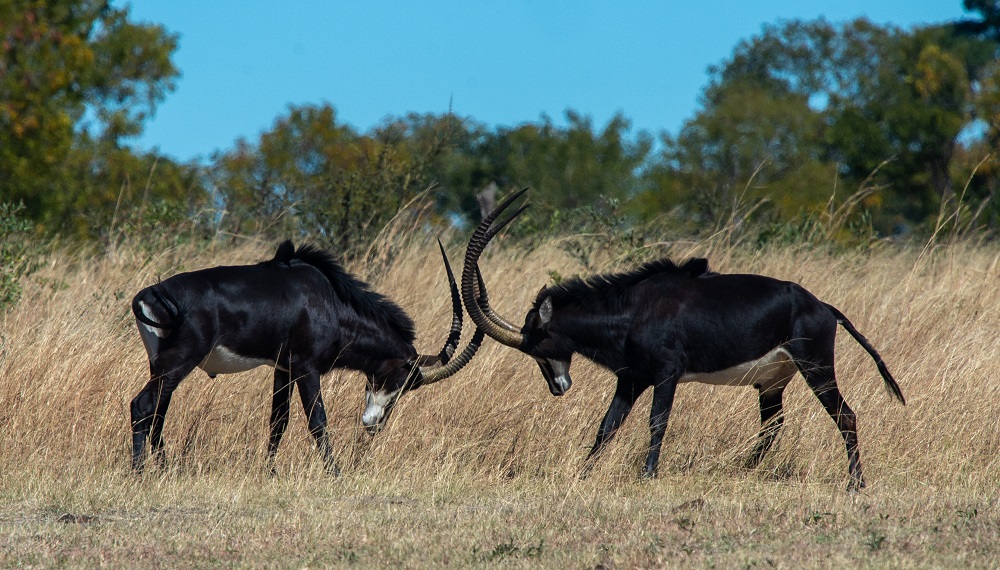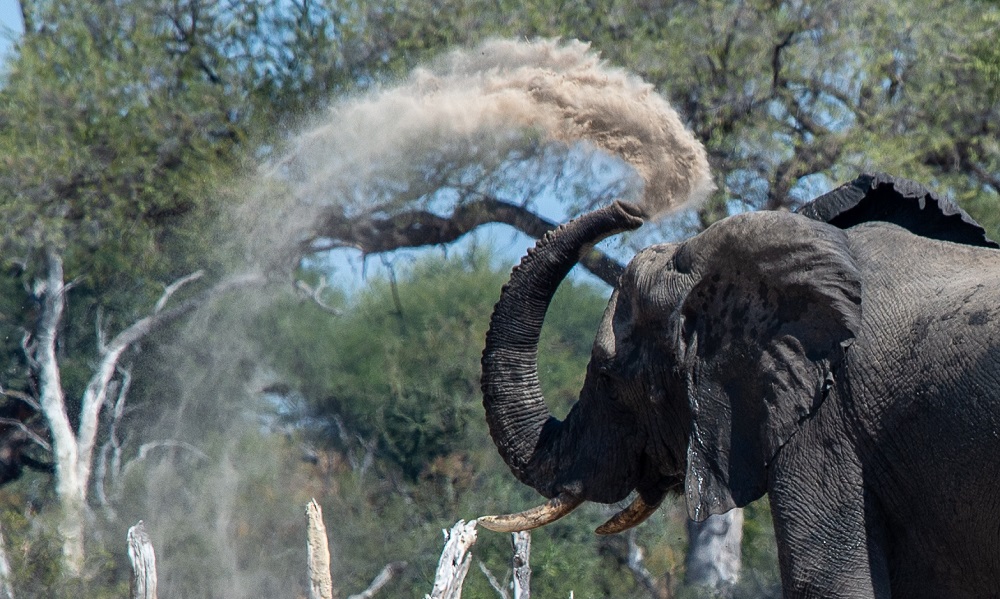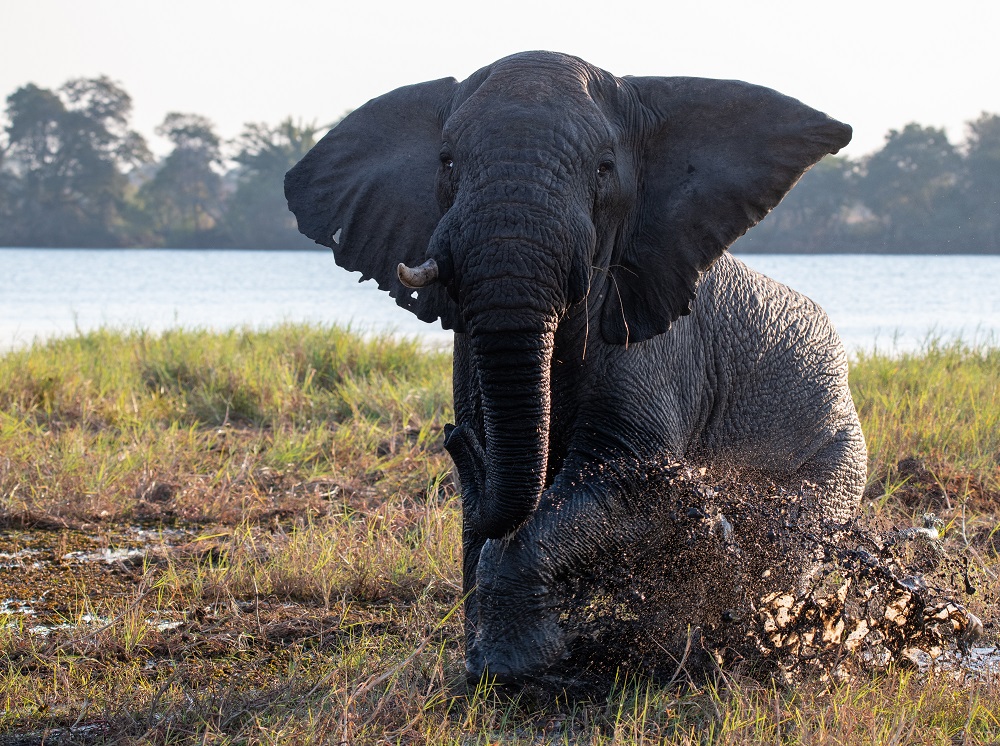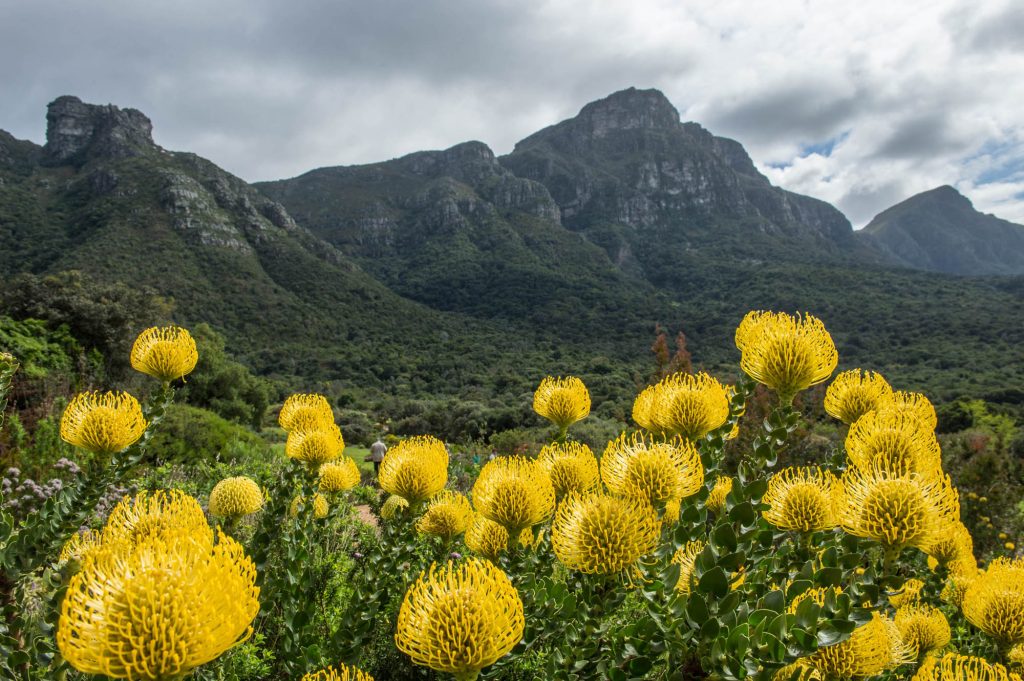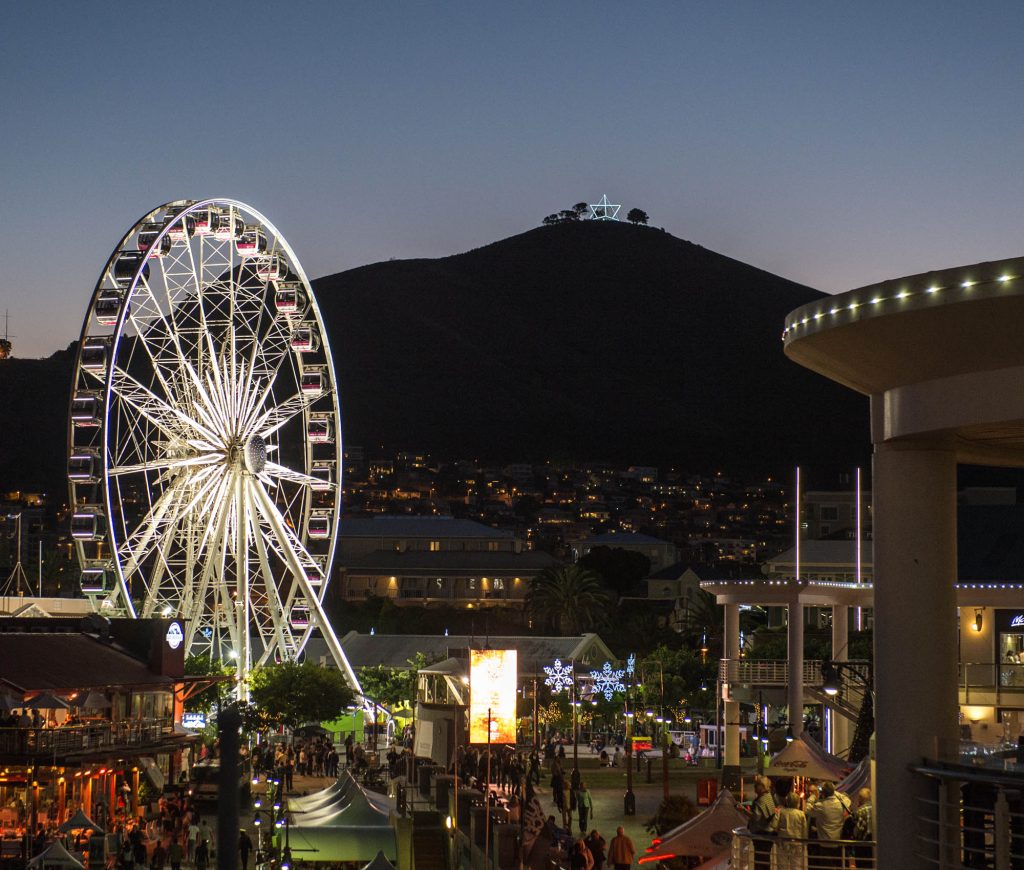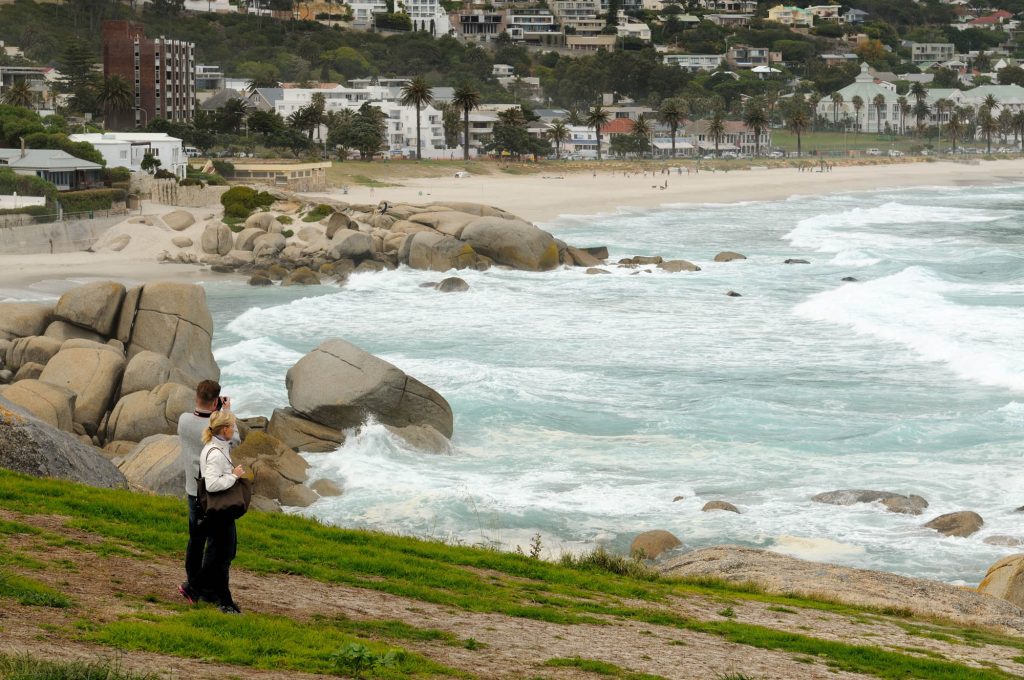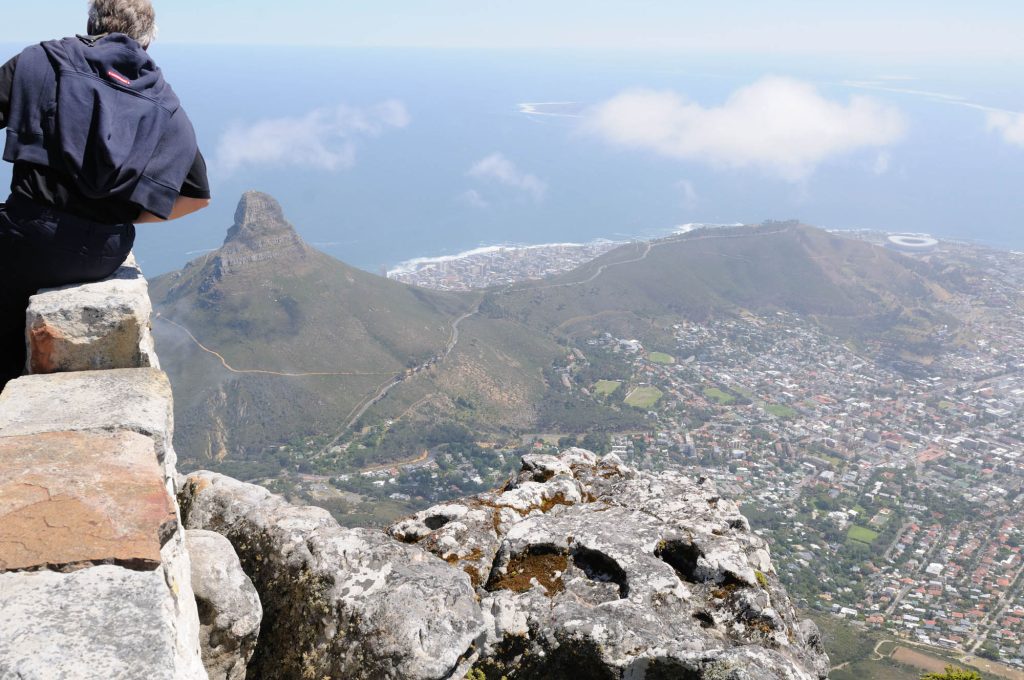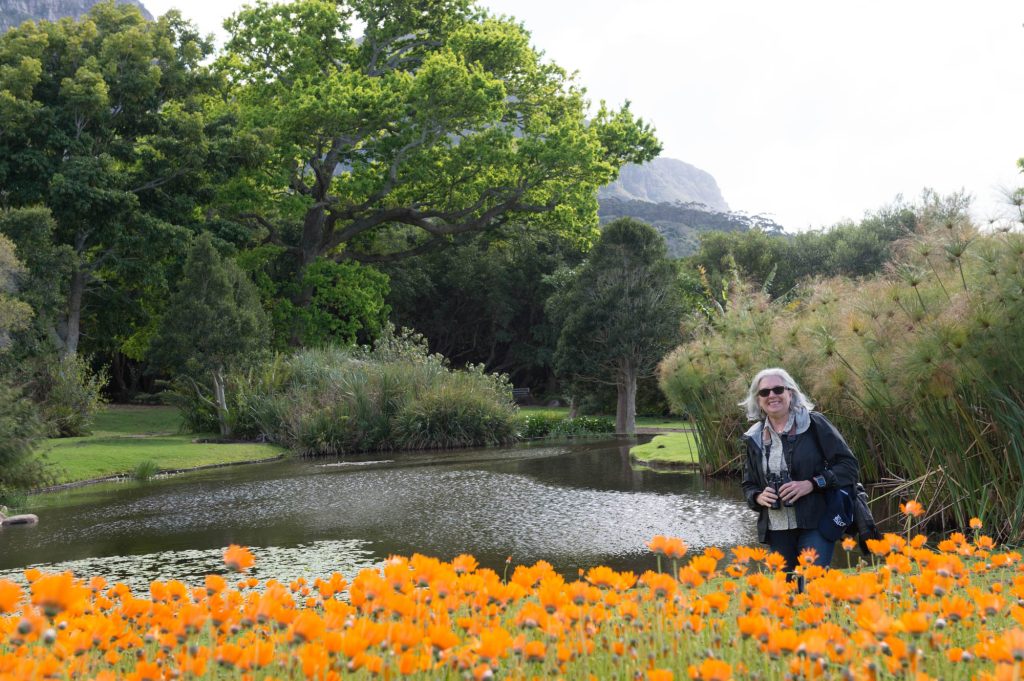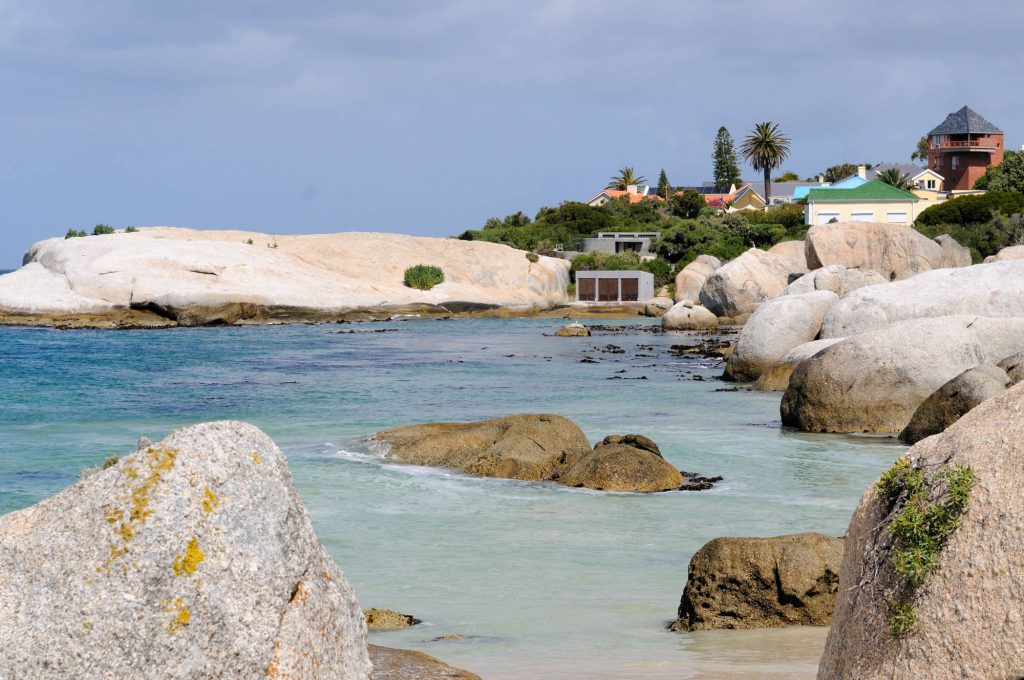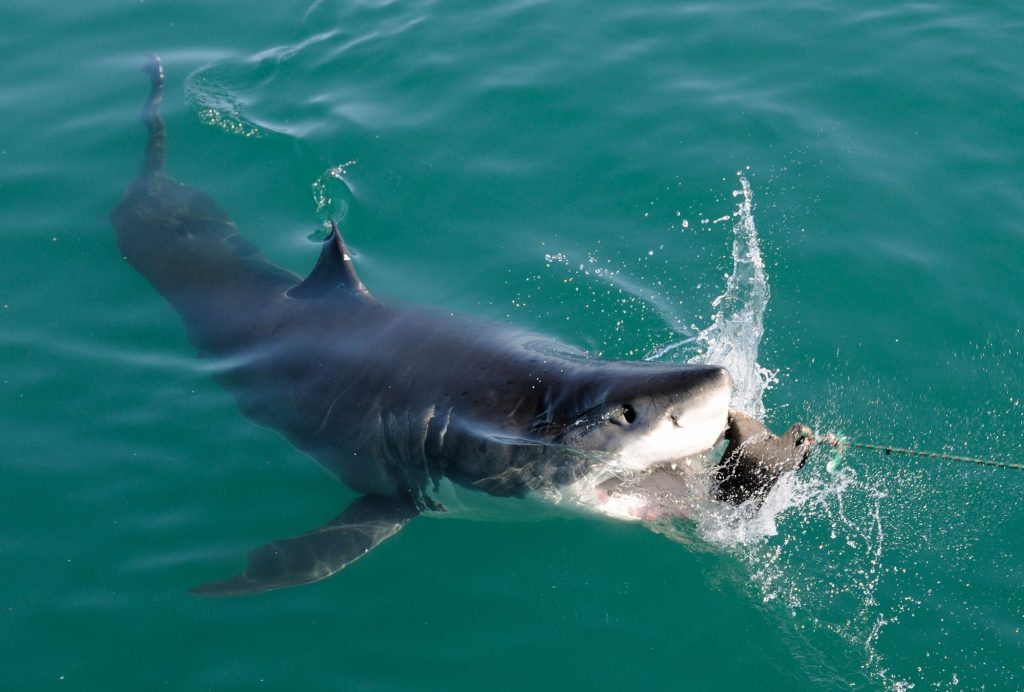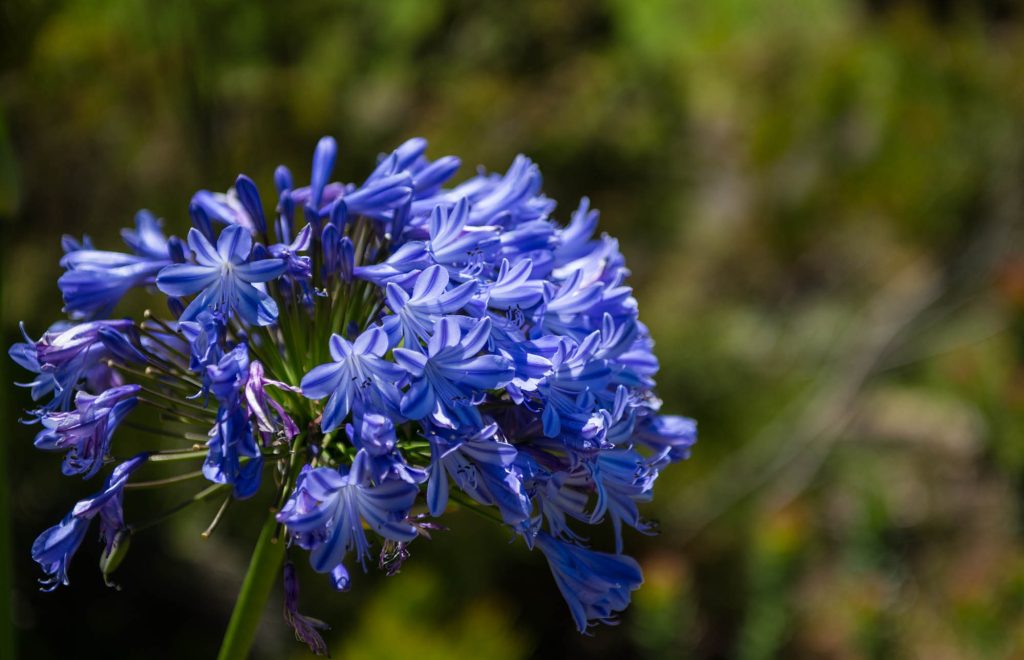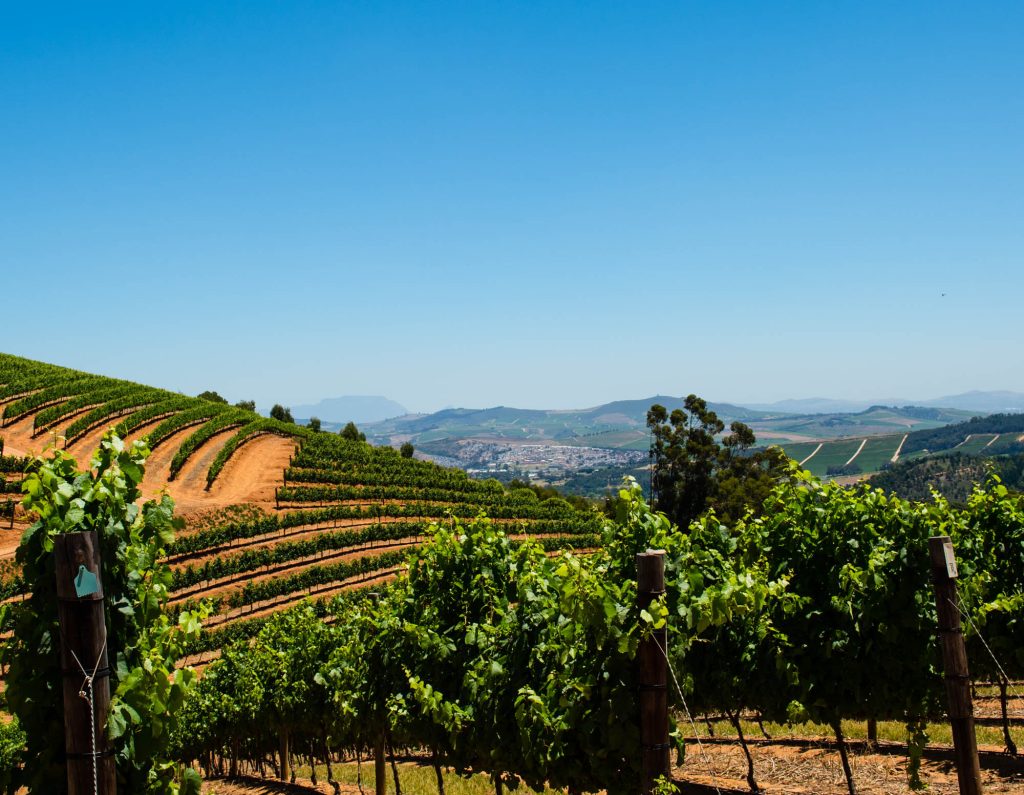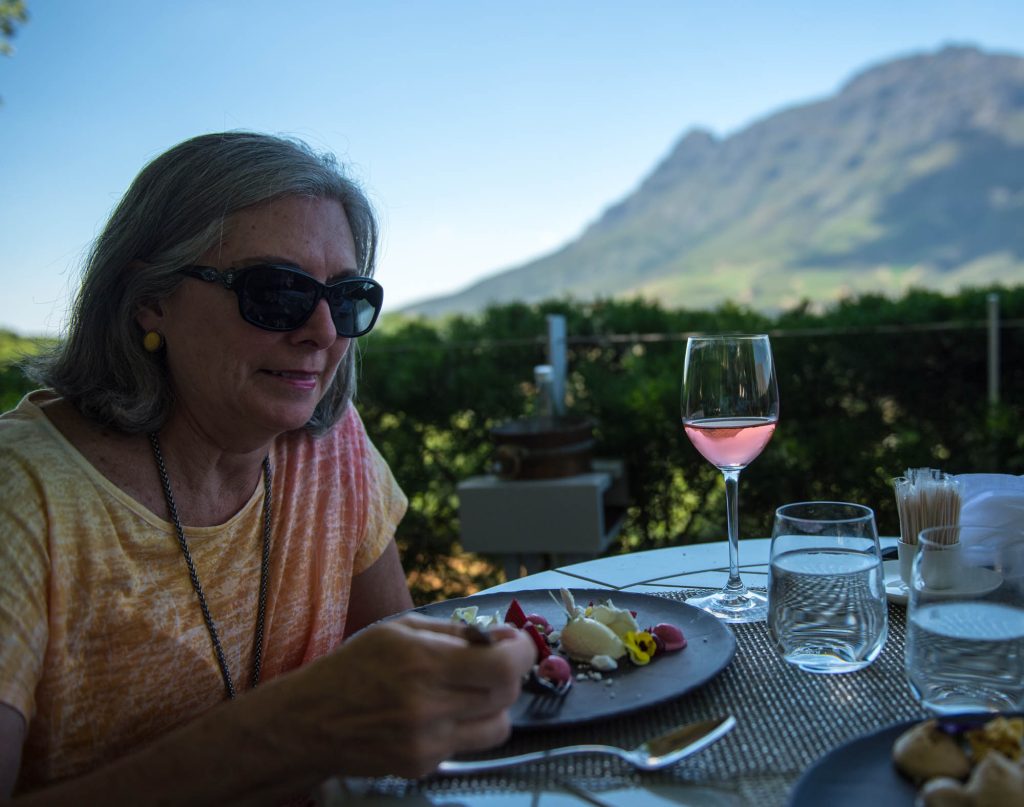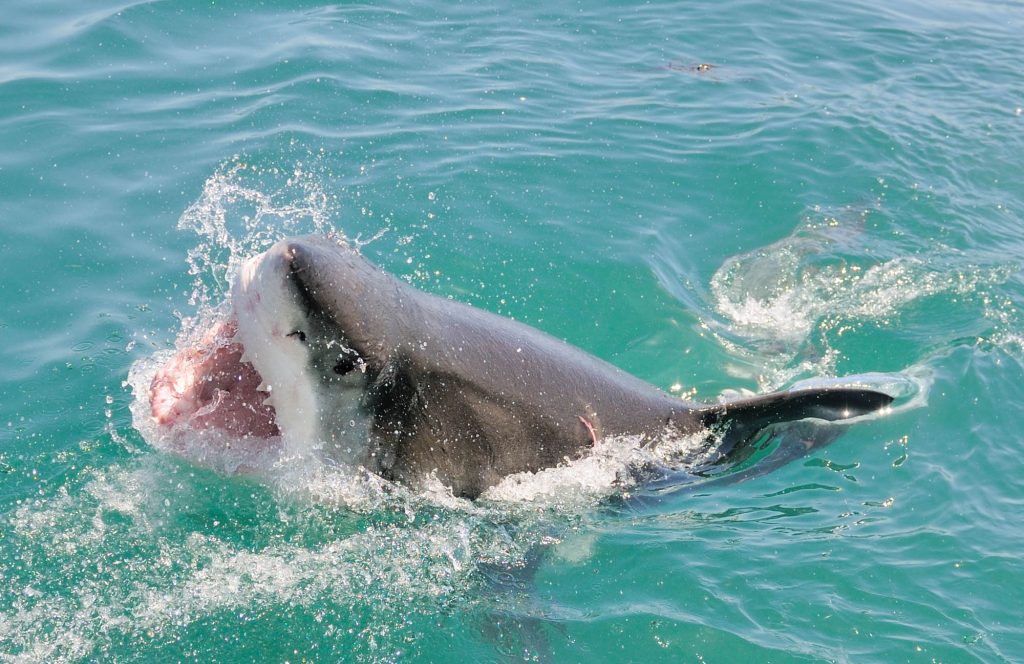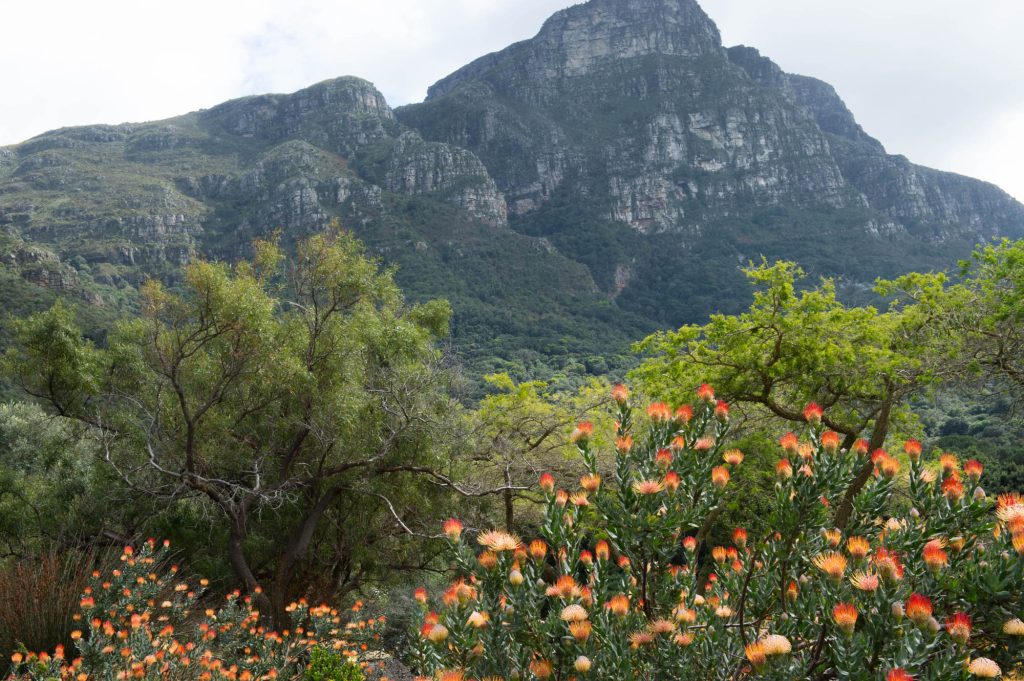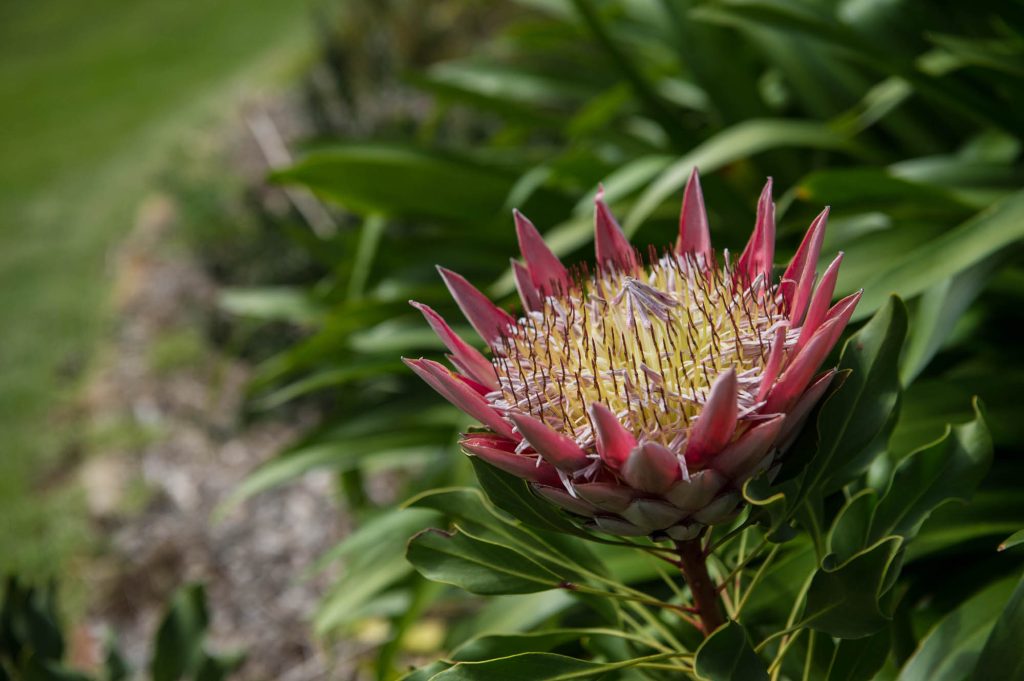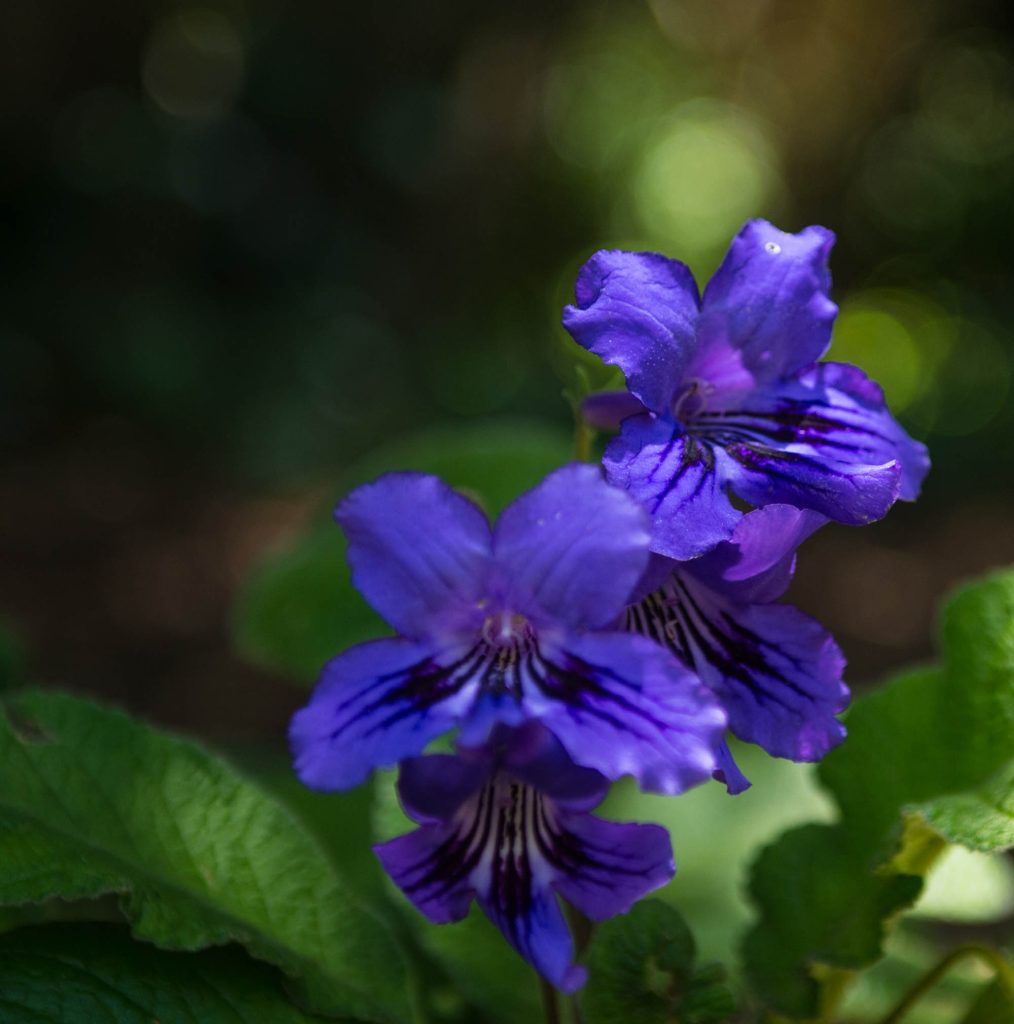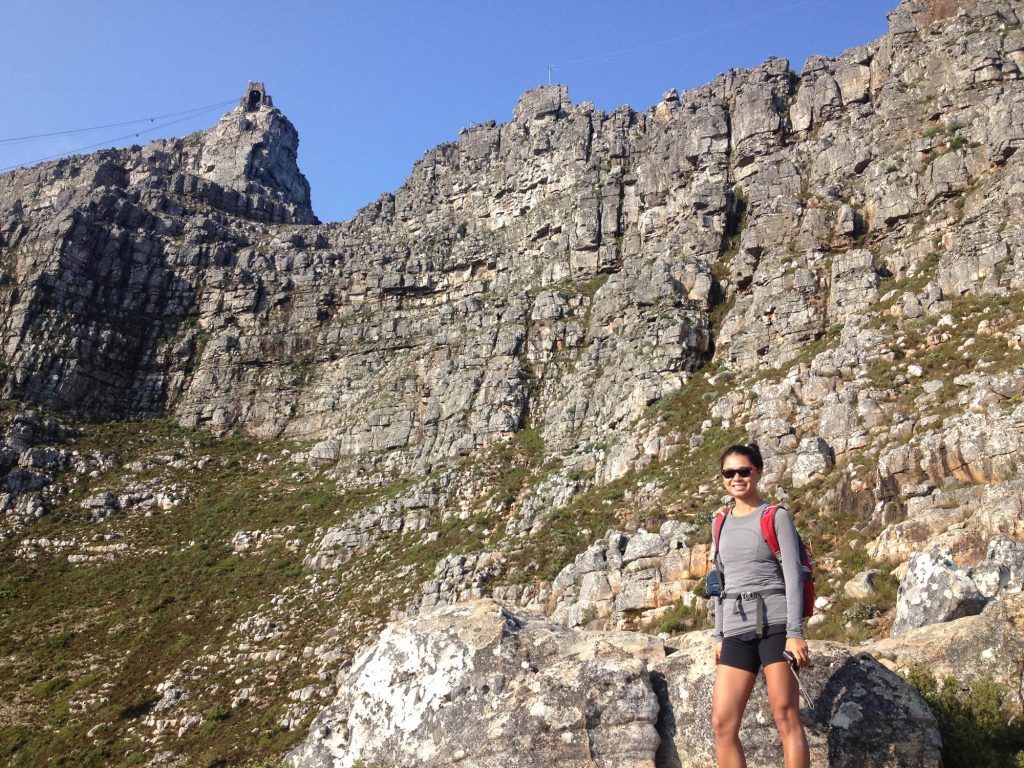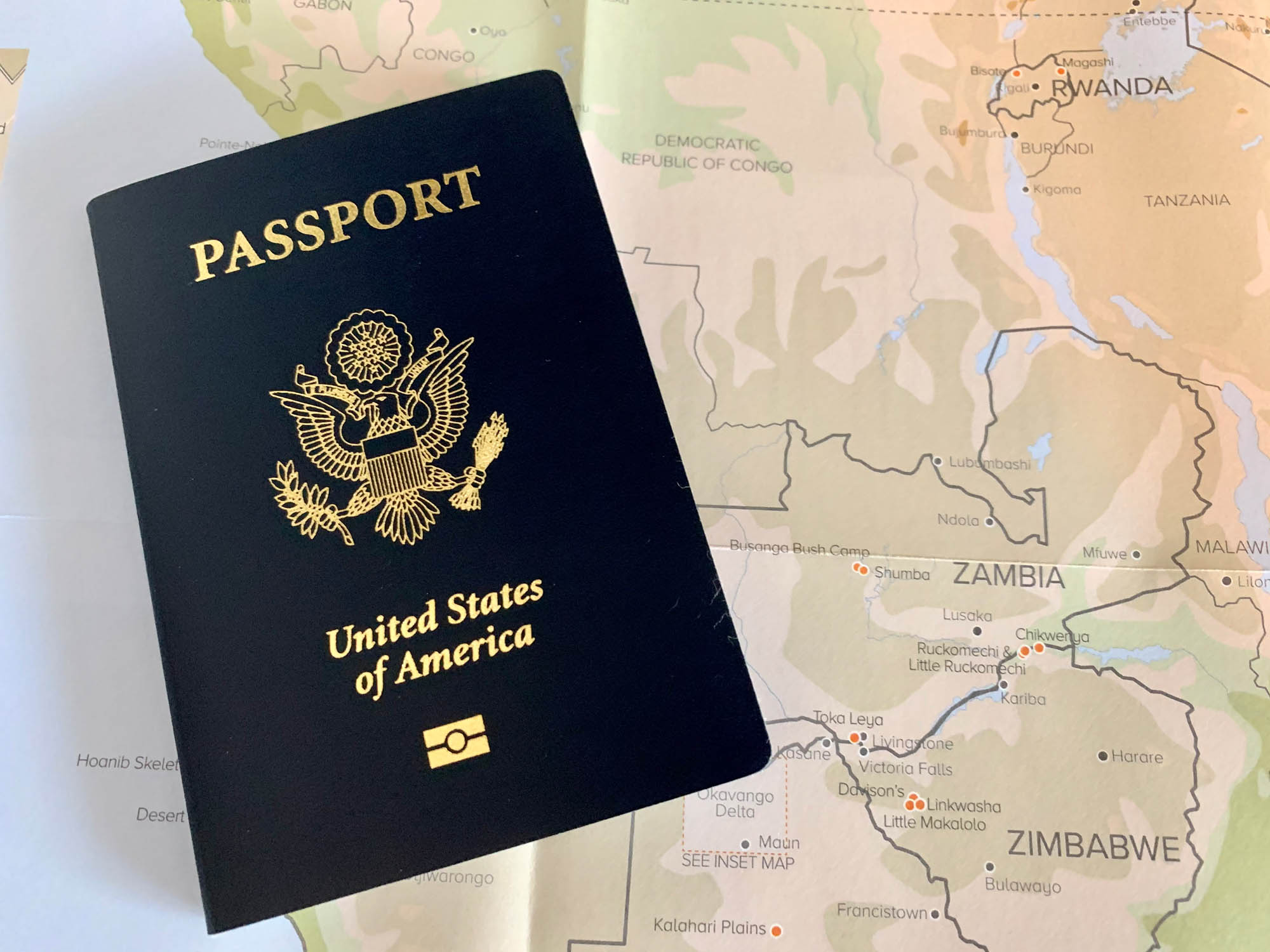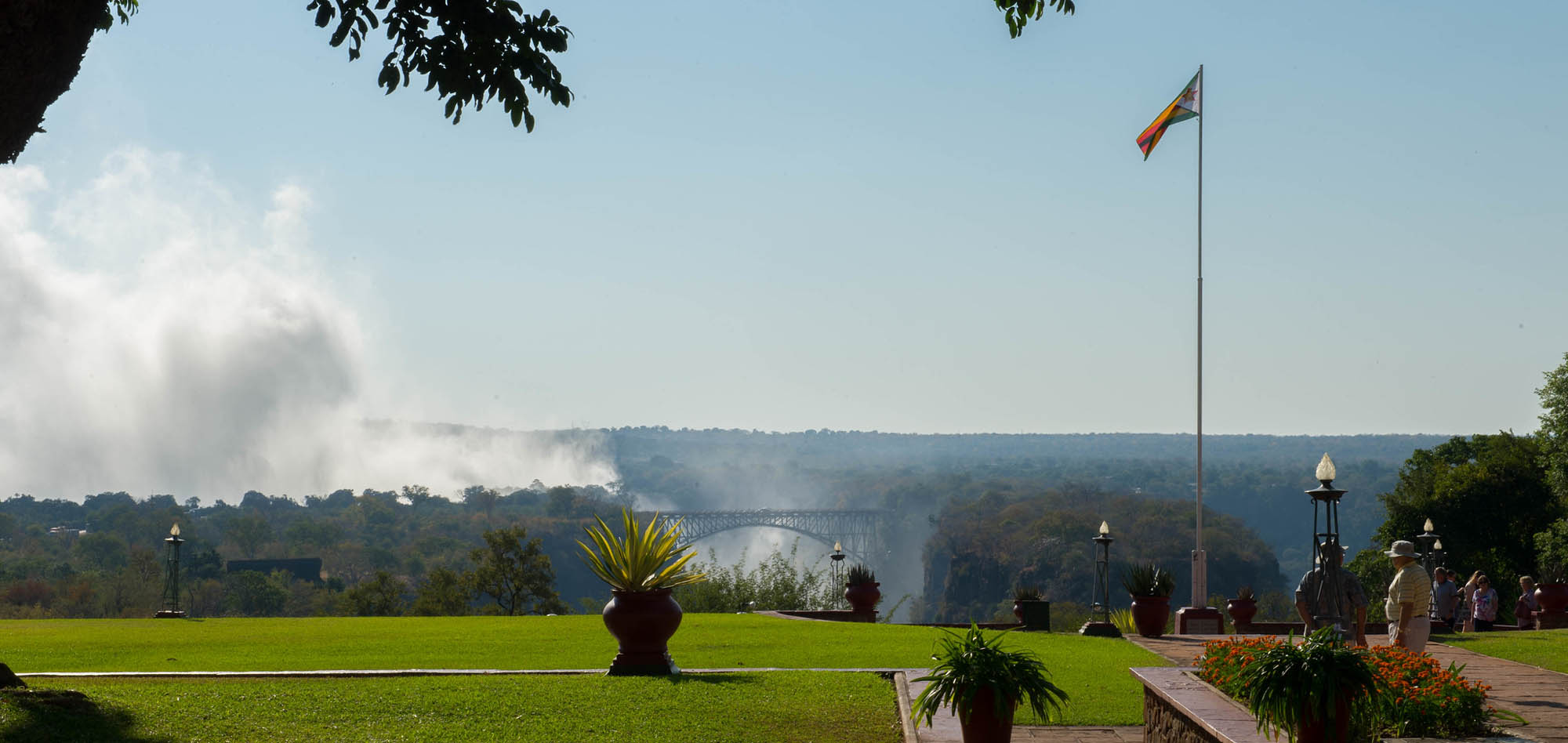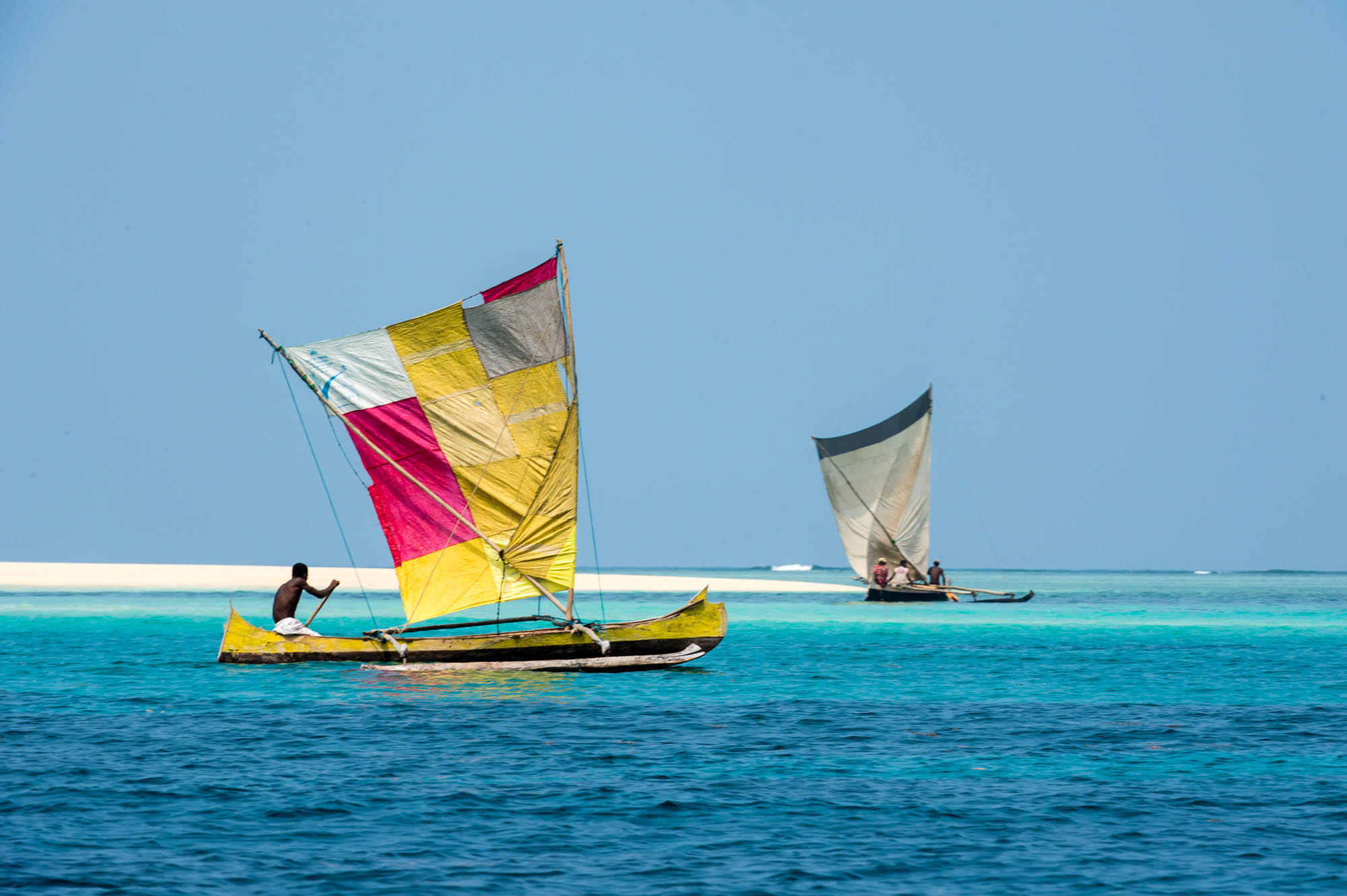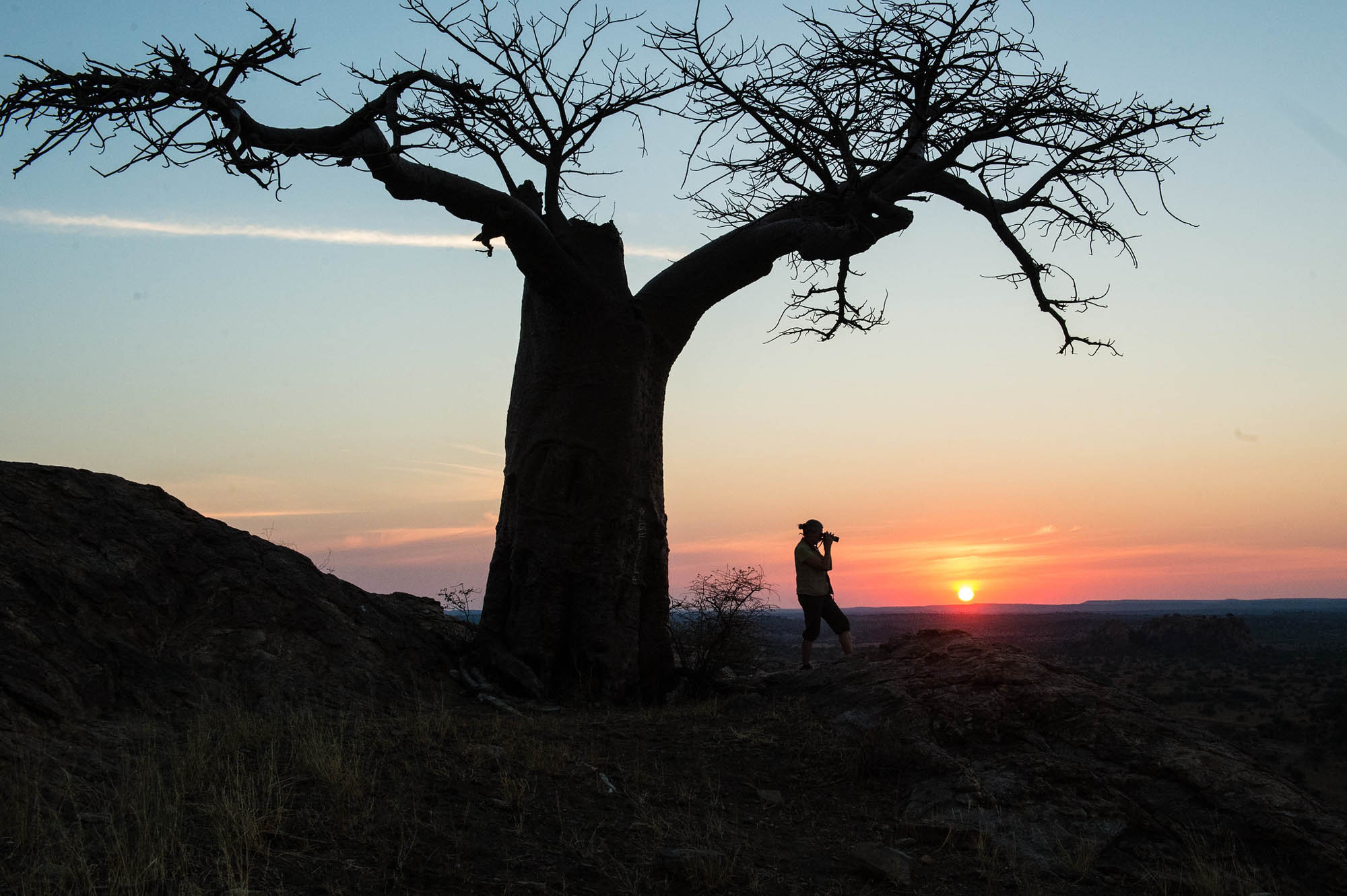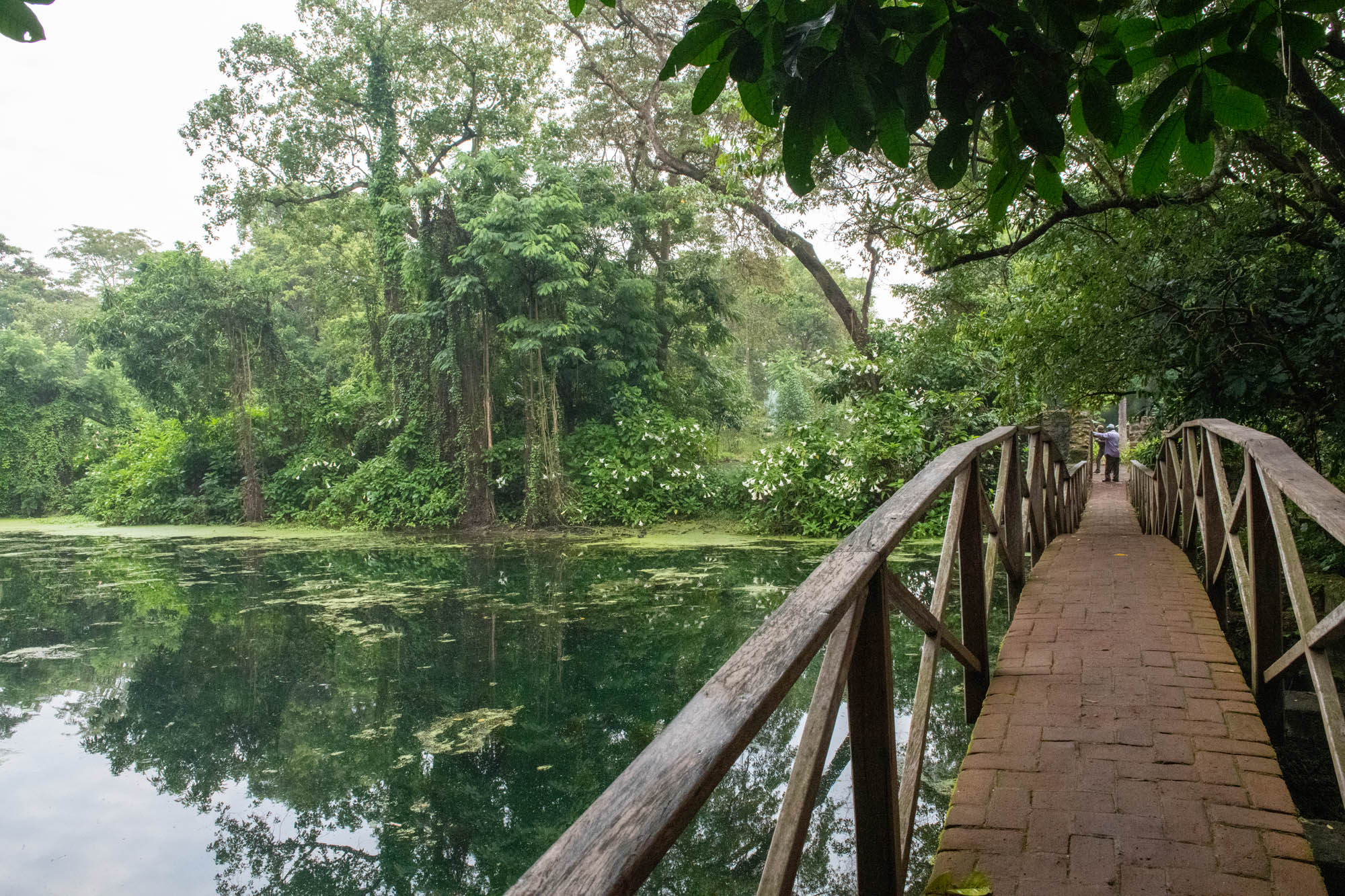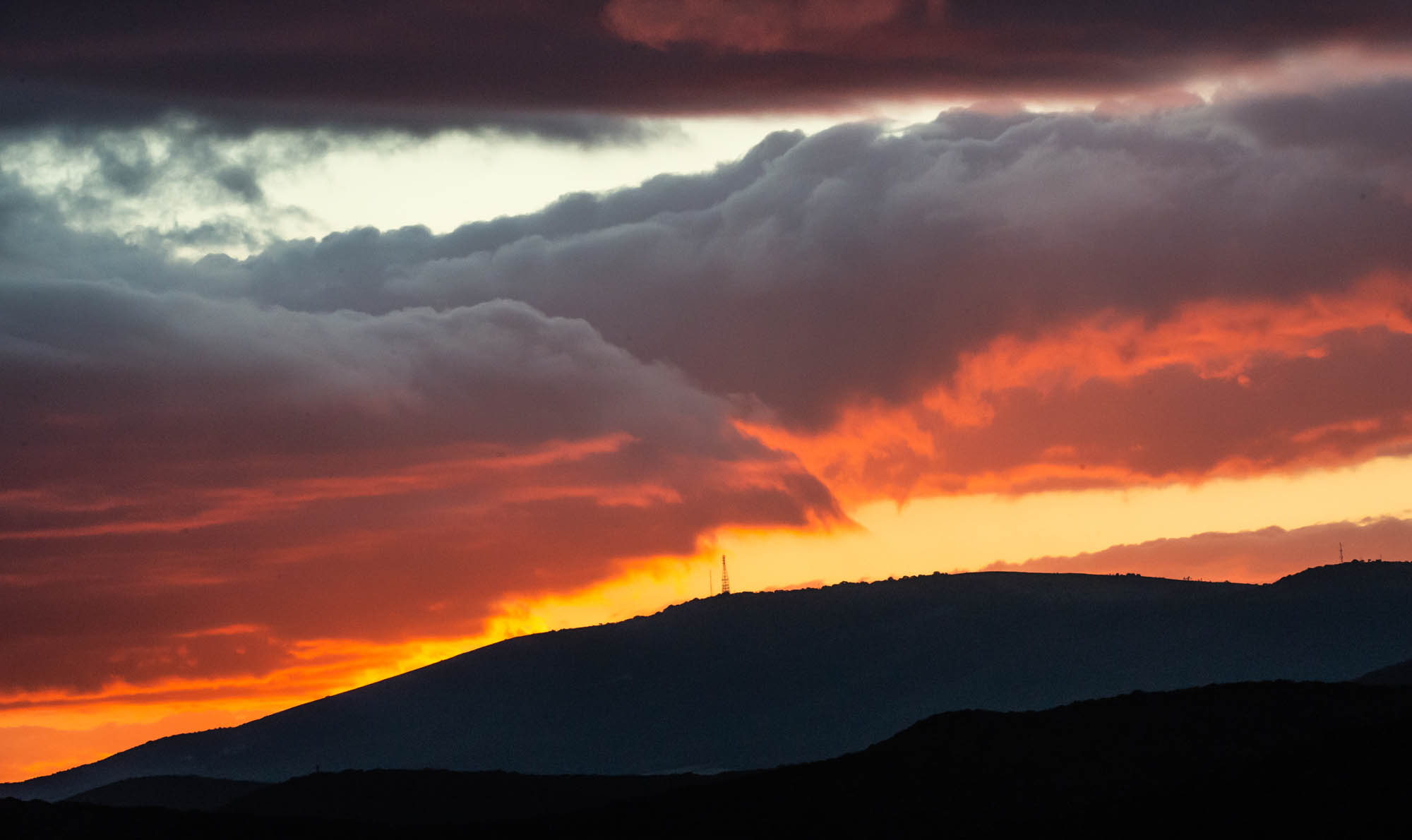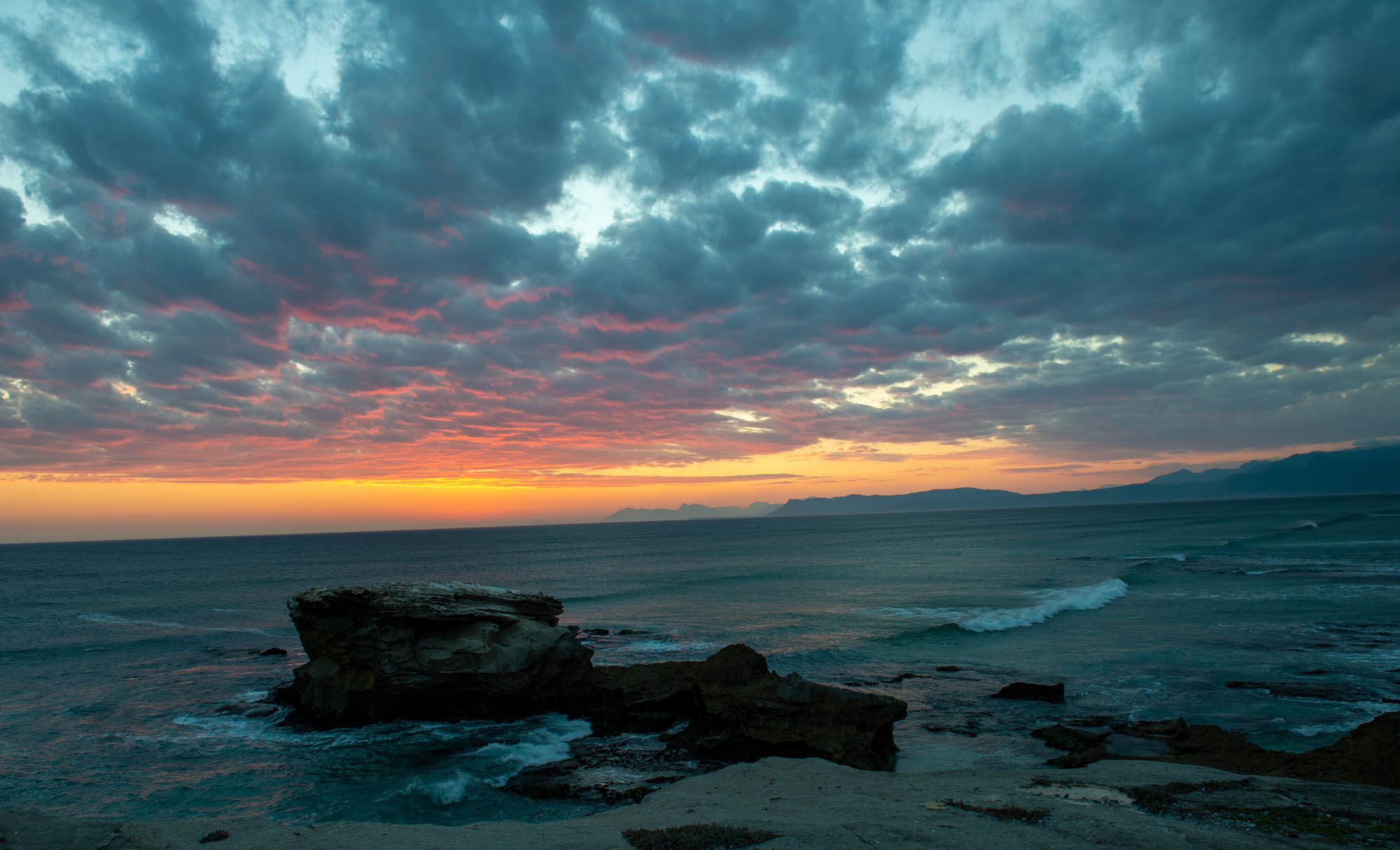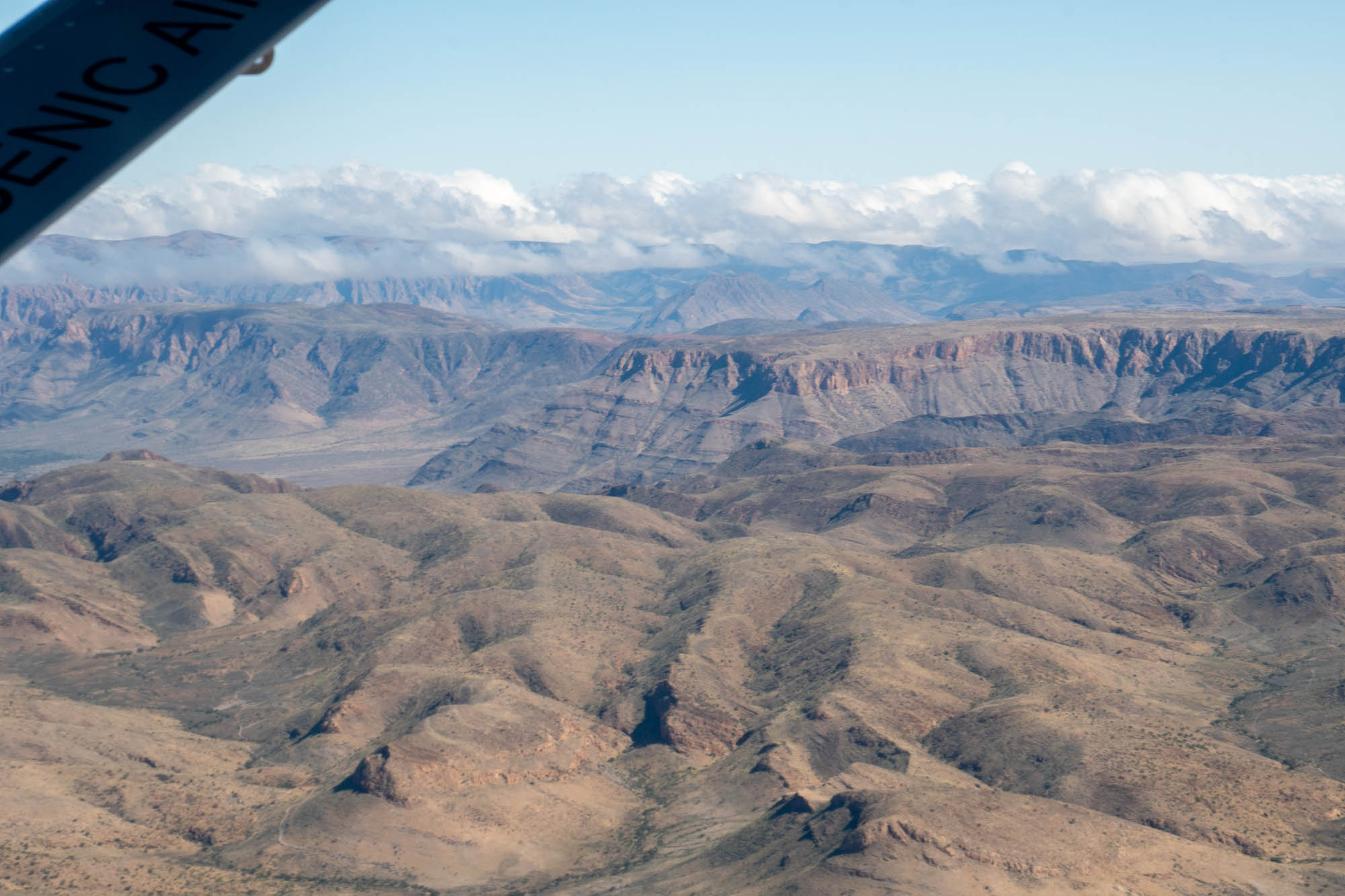We’re well into 2024 and all we can say is wow! The year started with a bang and it hasn’t stopped. We are fielding more inquiries for African travel than we probably ever have in 30+ plus years and so are our colleagues in the Safari Professionals of the Americas. It appears that international travel is fast getting back to pre-pandemic levels and then some. Thank you for your business!
Where is everybody going? If I pull up the next few trips which our guests will be embarking on, I see southern Tanzania (Serengeti and Ngorongoro Crater), Botswana’s Okavango Delta, Zimbabwe and South Africa. Actually, quite a few guests are heading to Botswana, mostly on itineraries combining it with Hwange National Park, Victoria Falls and even Lake Kariba. Also on the list? Madagascar and Namibia. A little later in the year Kenya starts to pop up, as well as Zambia, Uganda and Rwanda. Many of the Southern Africa trips include Cape Town, South Africa’s ‘mother city’.
If I dig down a little deeper into the itineraries, I notice several of our ‘Groundhog Day’ properties there. These are places where we’d personally be happy to wake up every day for the rest of our lives.
In no particular order, here are a few:
MalaMala Game Reserve, Sabi Sand
MalaMala is the 800-lb gorilla of the safari properties in the Sabi Sand reserve. Stay three or four nights here and you will see the ‘Big Five’ mammals and a lot more. Perhaps even the ‘Magnificent Seven:’ lion, leopard, elephant, rhino, buffalo, African painted dog and cheetah. Few places in Africa present such a splendid buffet of wildlife photography moments. You really, really want to see leopards walking around in broad daylight? MalaMala’s the spot.
Jabulani Safari
Jabulani is about as multifaceted as it gets in the luxury safari lodge category. It starts with reliably good game-viewing – of course. Mix in an extraordinary elephant experience, with a chance to interact with (hand-feed and touch) two or three of the older bulls of the Jabulani herd, being Jabulani, Sebakwe or Somopane. And top it off with the amazing conservation story attached to the property. It dates back to 1997 when the original co-owner, Lente Roode, saved a young elephant orphan (Jabulani) who had been abandoned in a mud pit. That tradition has been carried on to the present, with Jabulani Safari now owned and managed by Lente’s daughter Adine Roode. Layered on top of all of this, is Jabulani’s status as a Relais & Chateaux property. No matter how demanding your palate or your penchant for good wines – the chefs and the sommelier will be happy to see you.
Olonana Camp, Masai Mara
In a blog post following up on our short stay at Olonana a couple of years ago, I was highly complimentary about the overall experience. One thing I did forget to mention? The hippos in the Mara River can be noisy when they greet each other early in the morning upon returning from their nightly feeding forays. So be sure to pack some earplugs. Something else which I could have made more clear: game drives from Olonana head into the Mara Triangle which is currently the best area in the entire Mara, also the best monitored in terms of vehicles per sighting. Driving through the Triangle in Nov. 2023 we were simply astonished at its beauty and abundant wildlife. A pride of lions right by the road, a martial eagle on its prey, a journey of giraffes in near perfect light – none of us could have scripted it any better.
Lewa Wilderness, Kenya
Is there a more ideal combination of place, people, experiences and hospitality than Lewa Wilderness in Kenya – or anywhere Africa – right now? Maybe one or two, but it is a super short list. The rooms, the wildlife, the activities – it’s superlatives piled on superlatives. It even extends to the wildlife. There are zebras and giraffes in many parts of Africa, but they’re not Grevy’s zebras or reticulated giraffes. Or beisa oryx. These superb – and in some cases endangered – regional endemics are easily seen on game drives from Lewa Wilderness. Lewa is also one of the best places in East Africa to see both white and black rhinos in their natural state with their horns intact.
Chitabe Camp, Botswana
Absolutely the best game viewing likely anywhere in Africa is happening at Chitabe in northern Botswana, day after day, right now – and for the foreseeable future. I receive a daily WhatsApp ‘Chitabe Frame a Day’ message from the camp with the latest game viewing photographs and it is a stream of leopards, cheetahs, lions, painted dogs, hyenas, and quite often, interaction between some of these. Lots of action. And all with not having to drive very far; the concession is one of the smaller ones in Botswana, so you could be on to something special within 15 minutes or so out of camp.
The Belmond Mt. Nelson Hotel, Cape Town
The ‘Nellie’ or the ‘Pink Lady’ as it is affectionately known, is a Cape Town institution. Its beautiful palm-lined entrance way and light salmon pink exterior are timeless, dating back more than 100 years. The rooms and suites have all been updated as have the common areas. Spend at least three nights because there’s a lot to see and do beyond exploring the city and the Cape peninsula. The high tea at the Nellie is as good as it gets; it has a great pool (two of them) and gym, and be sure to ask the concierge to book a table at the Nelson’s Eye restaurant one night. It’s an experience. What really sets Mt. Nelson apart from any other Cape Town city hotel are its grounds and the gardens. It’s like staying in a not-so-small private park right in the middle of Cape Town – which makes it an ideal companion to a safari trip, either before or after.
Check out all of our favorite hotels in Cape Town here.
If any of these properties look like spots you too would wake up happy in, call us in Houston at 1 800 513-5222 or send an email to bert@fisheaglesafaris.com.


